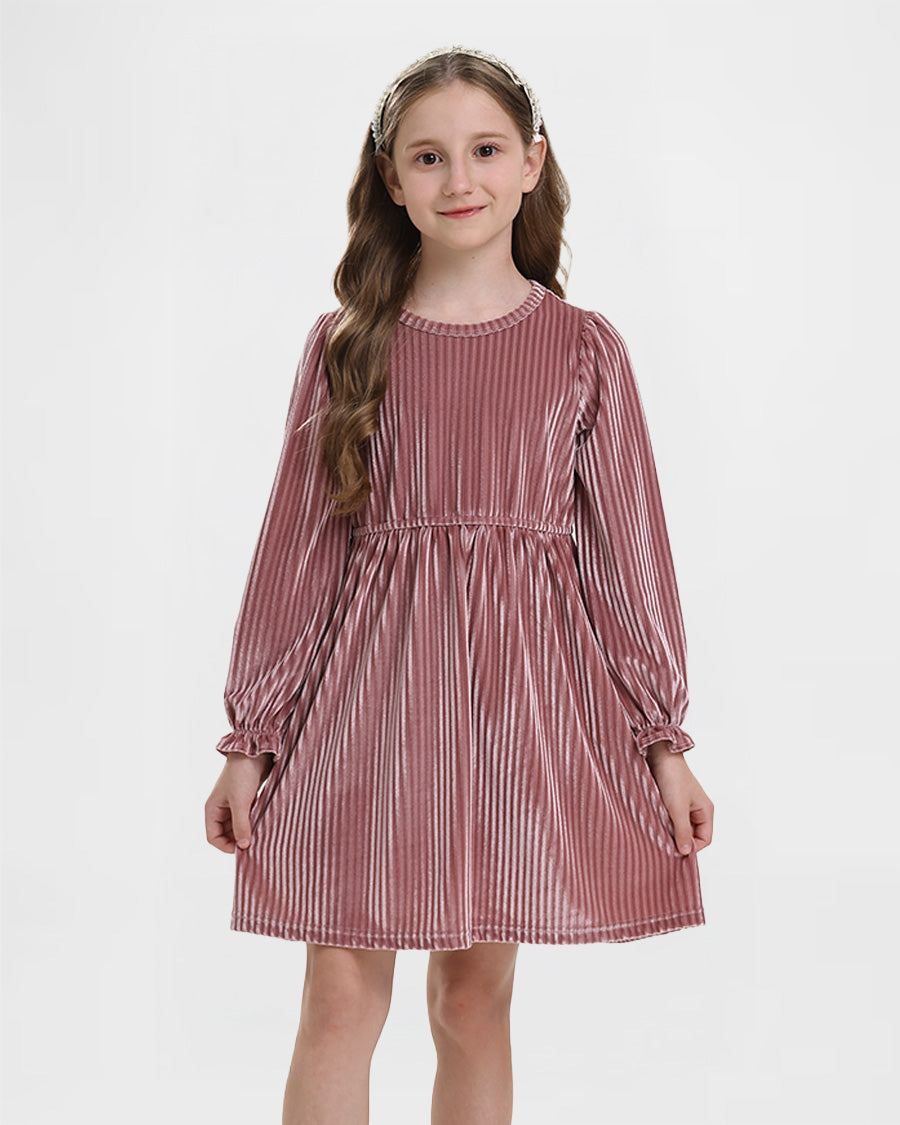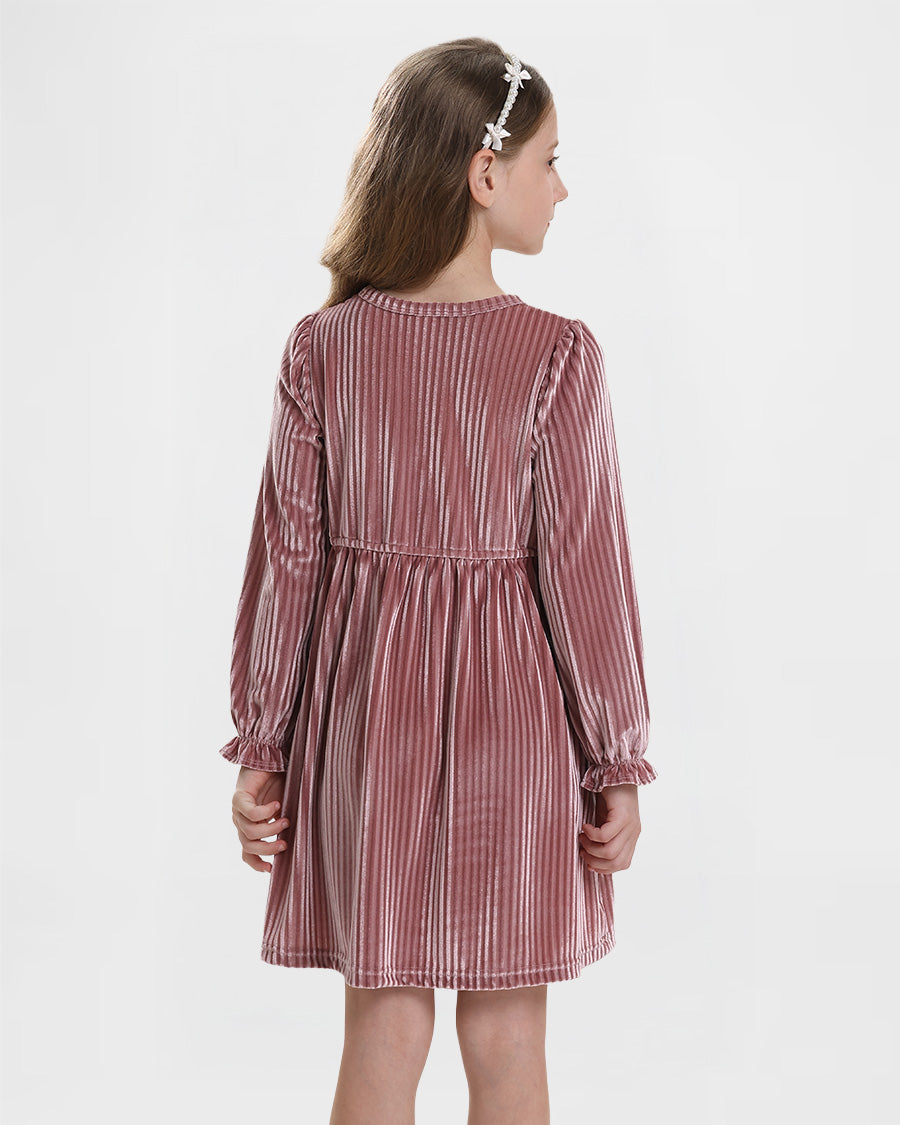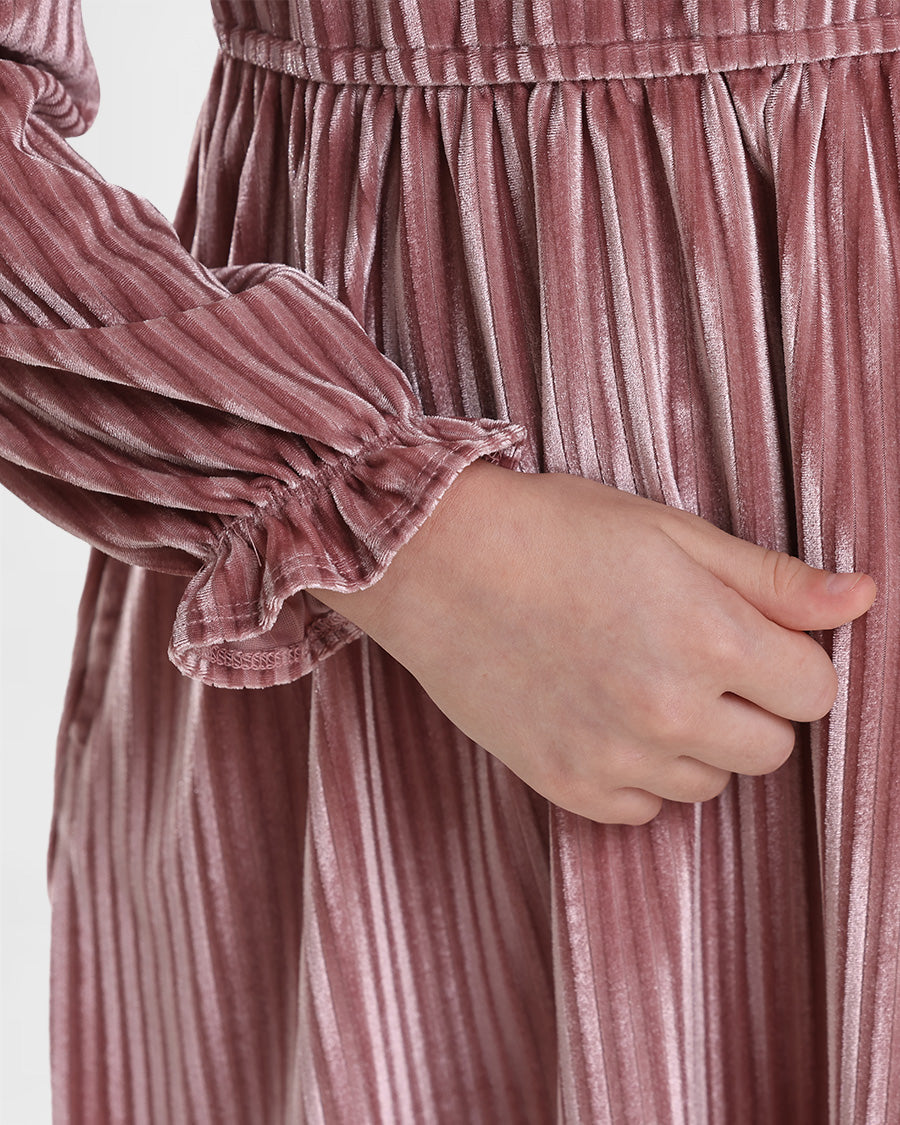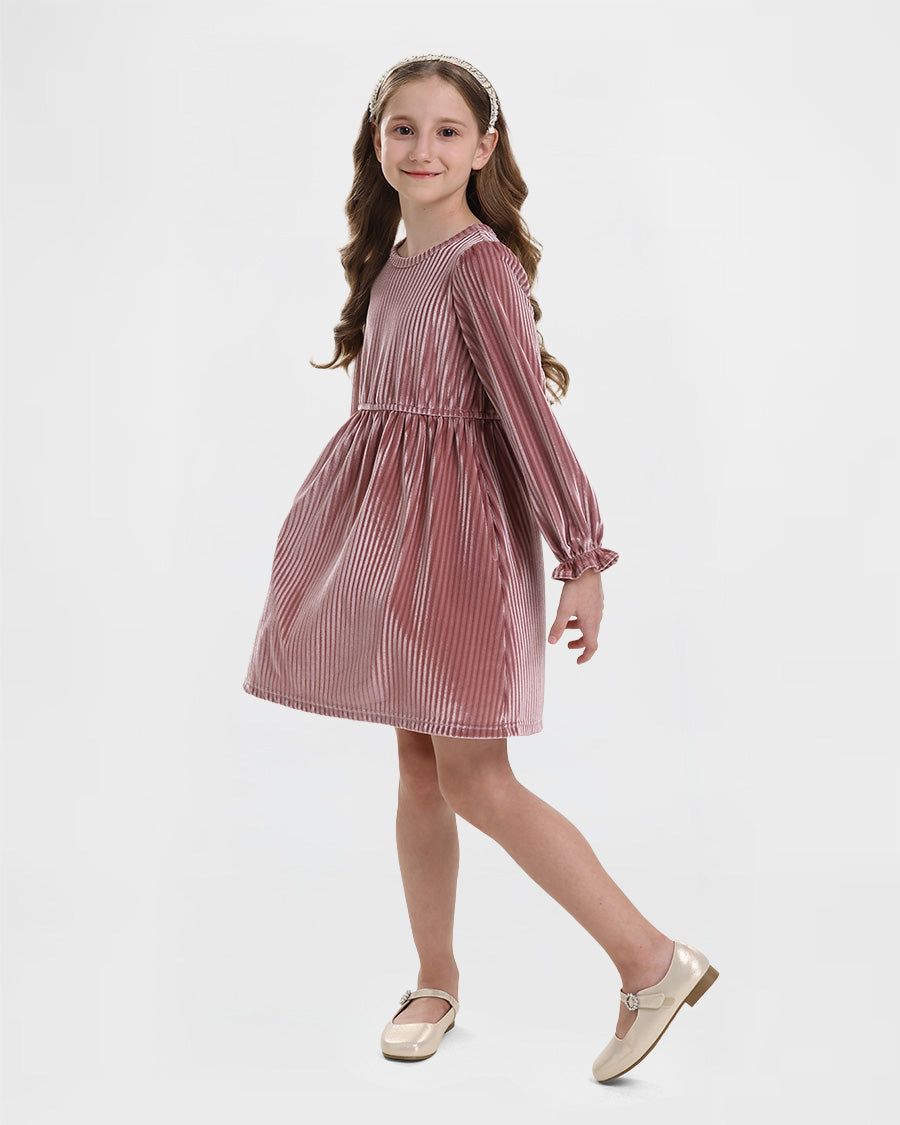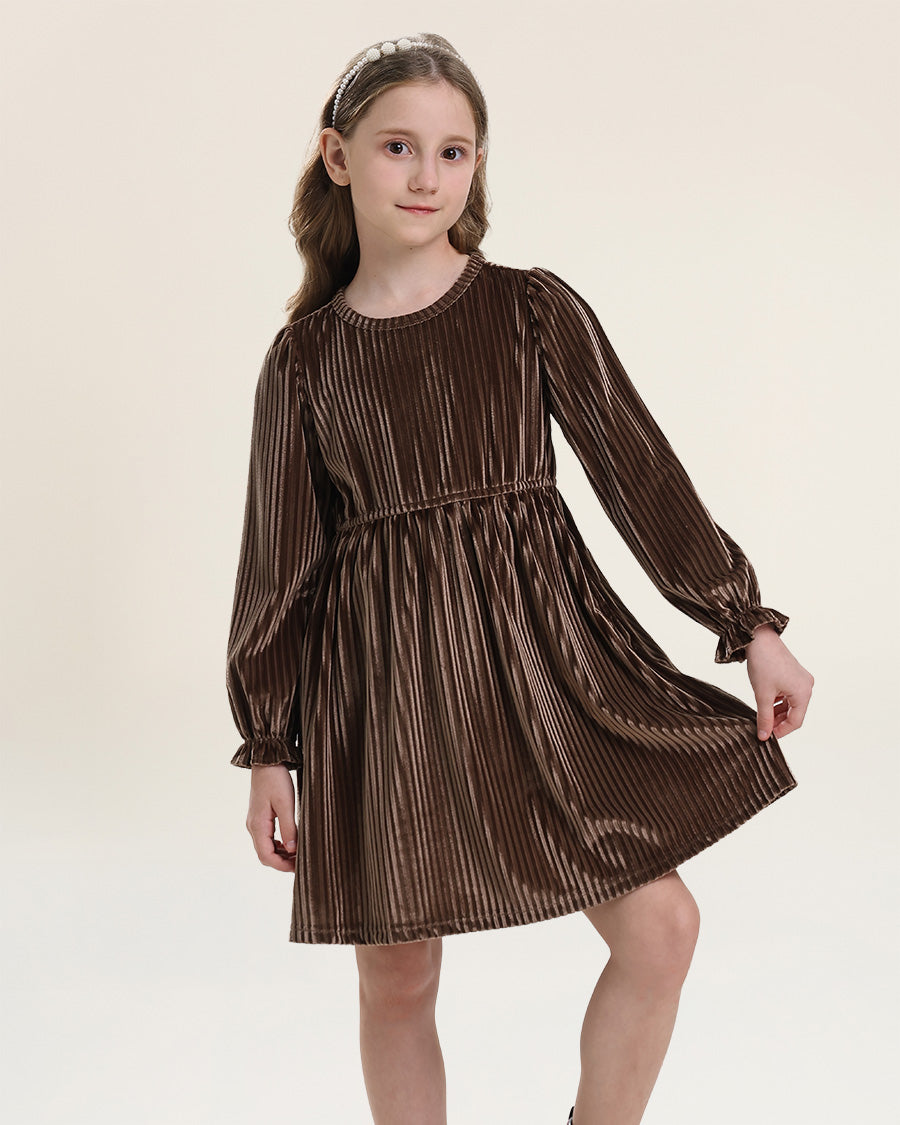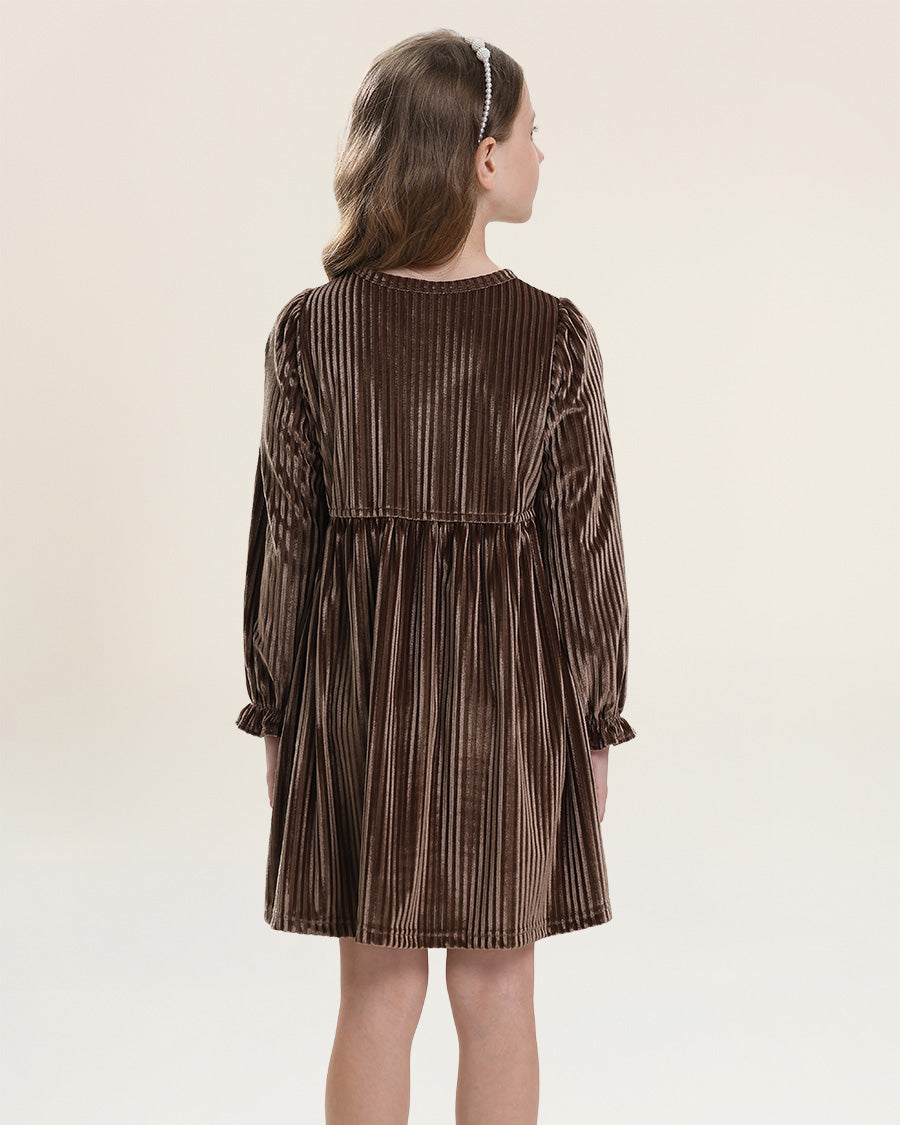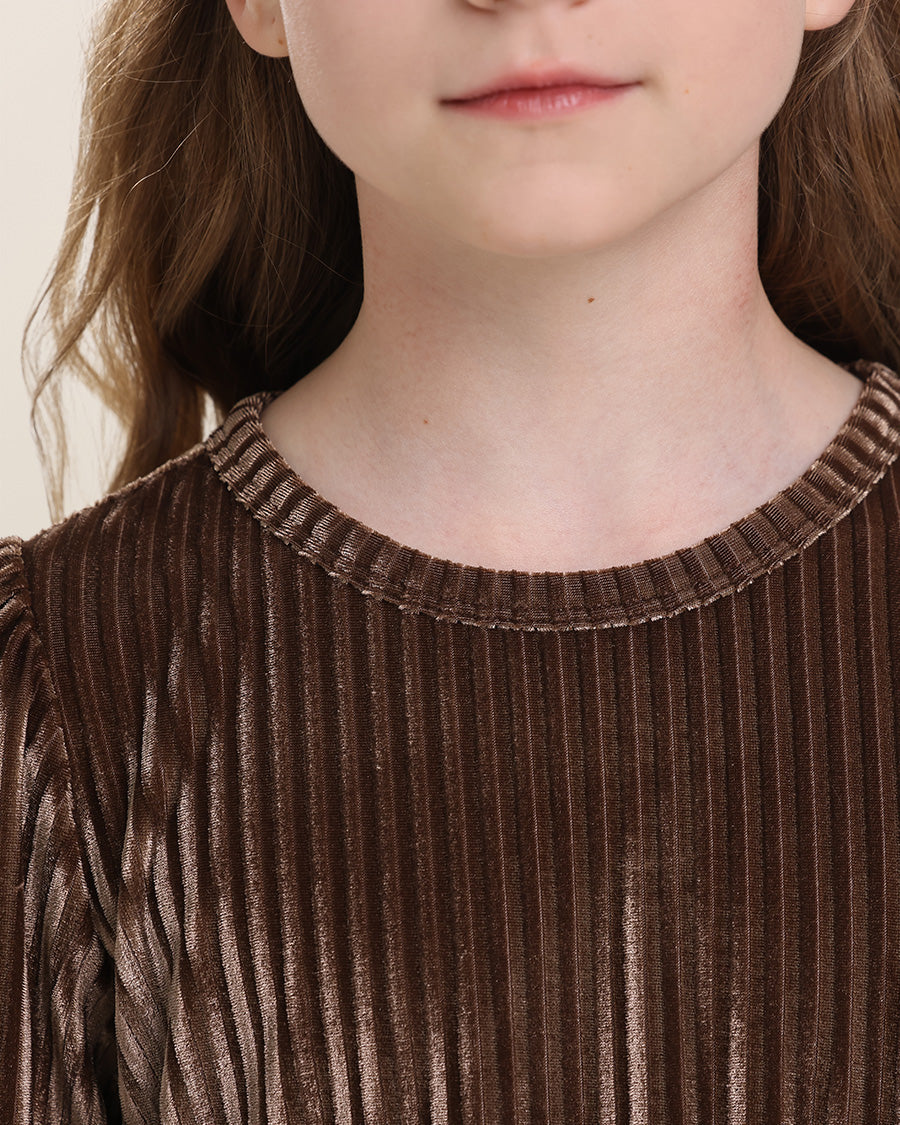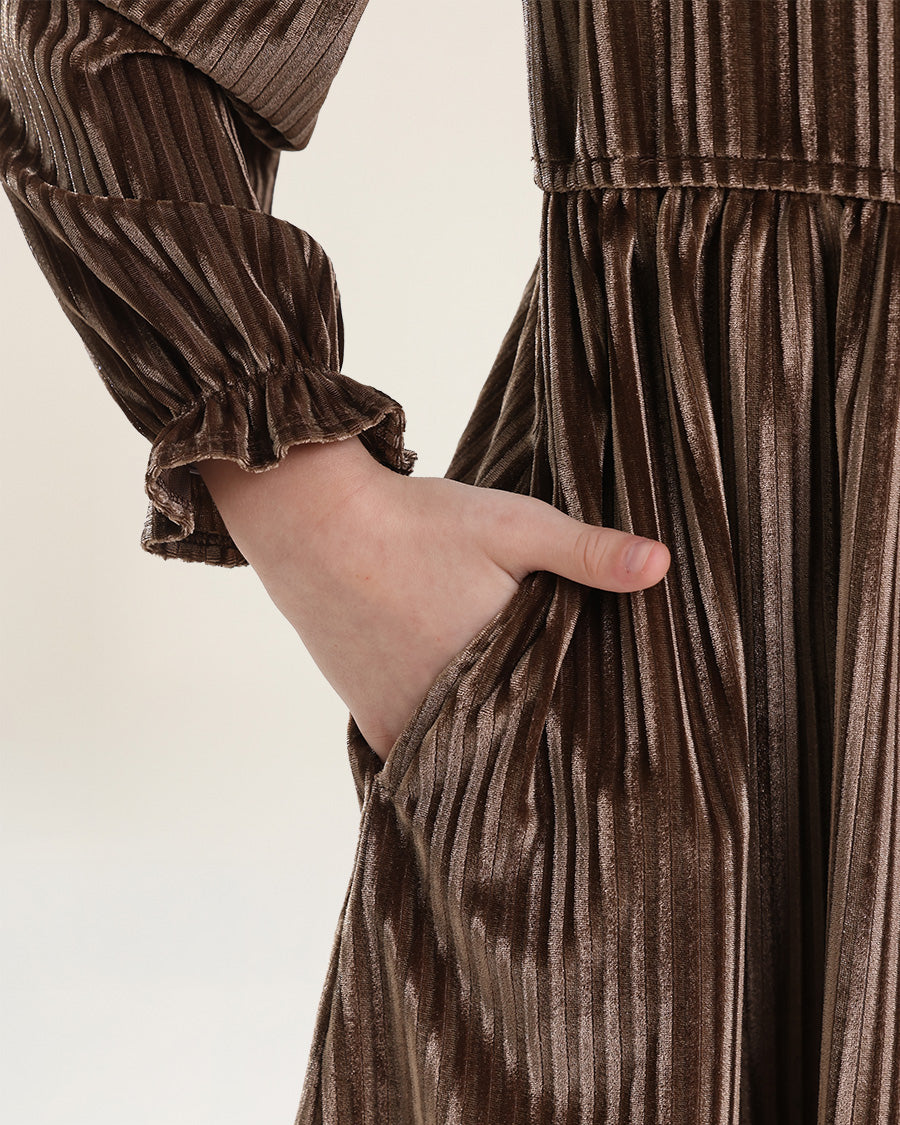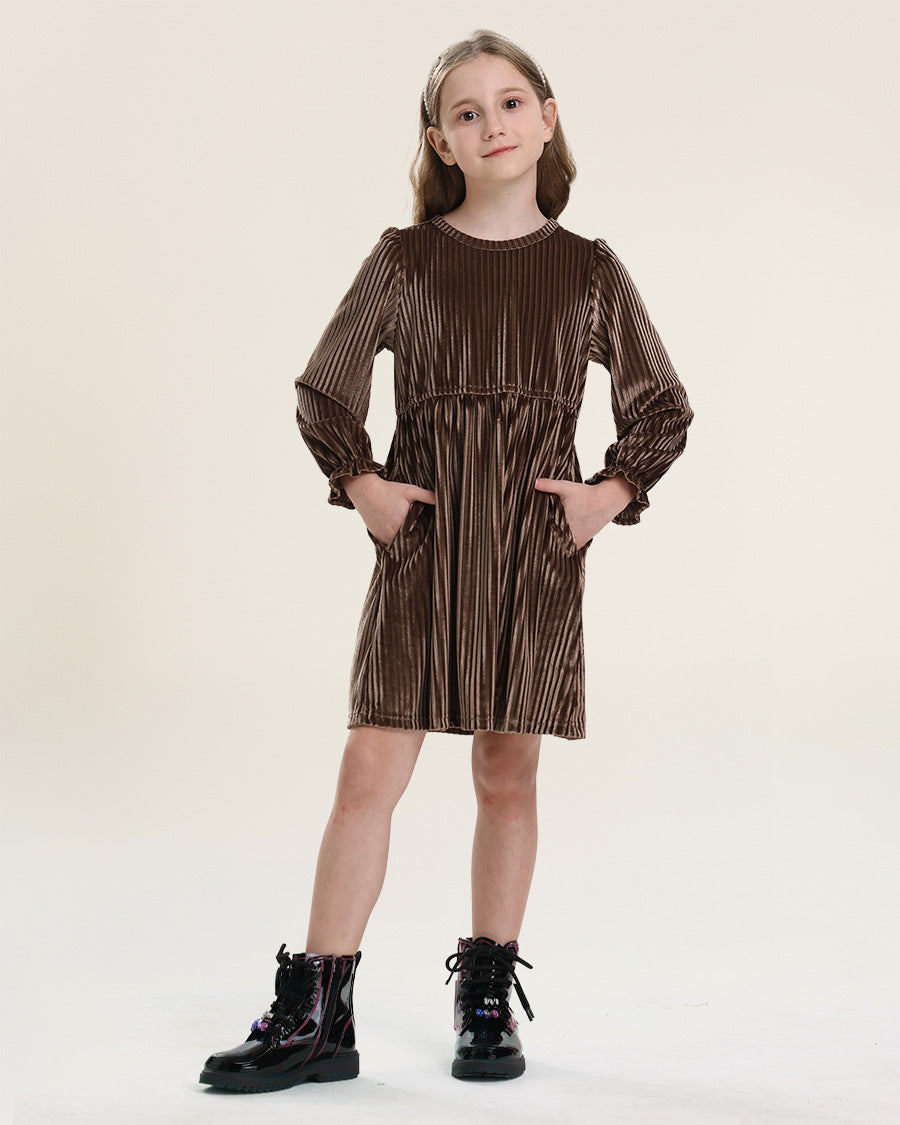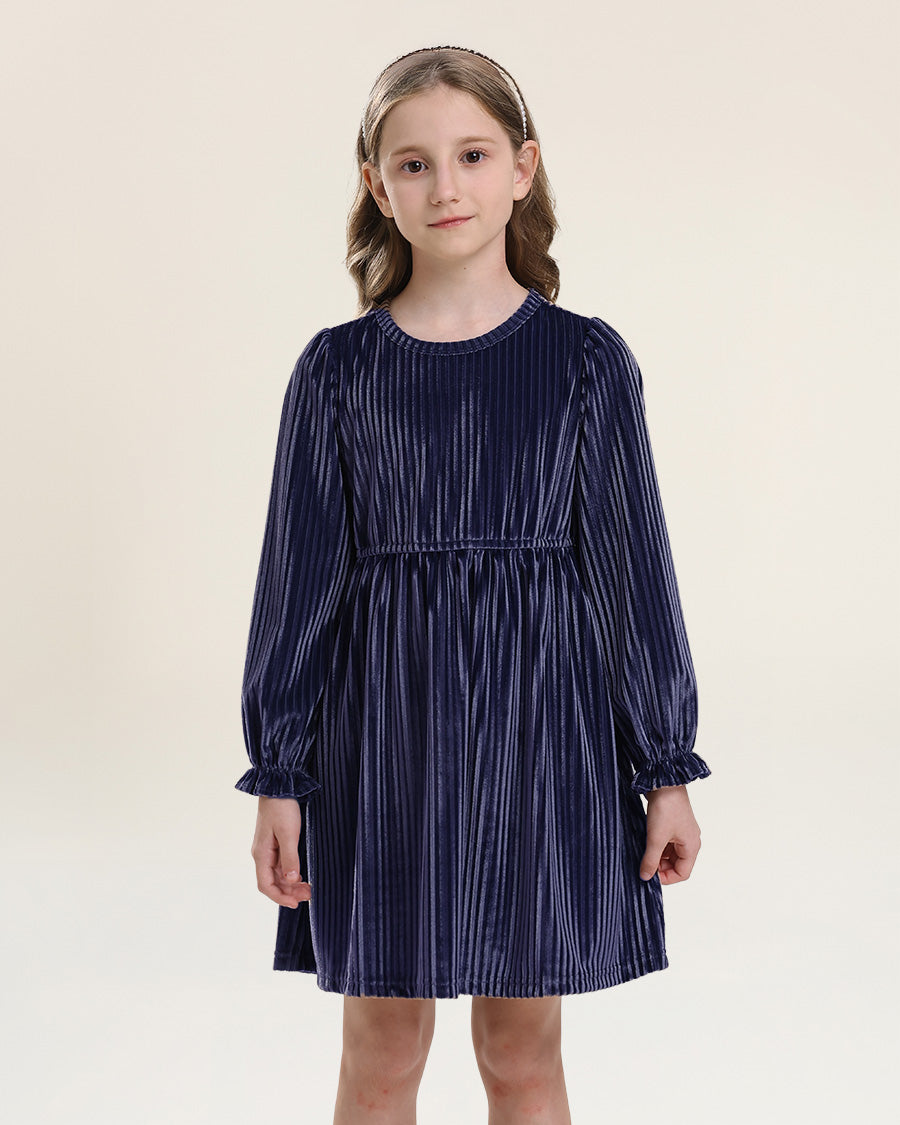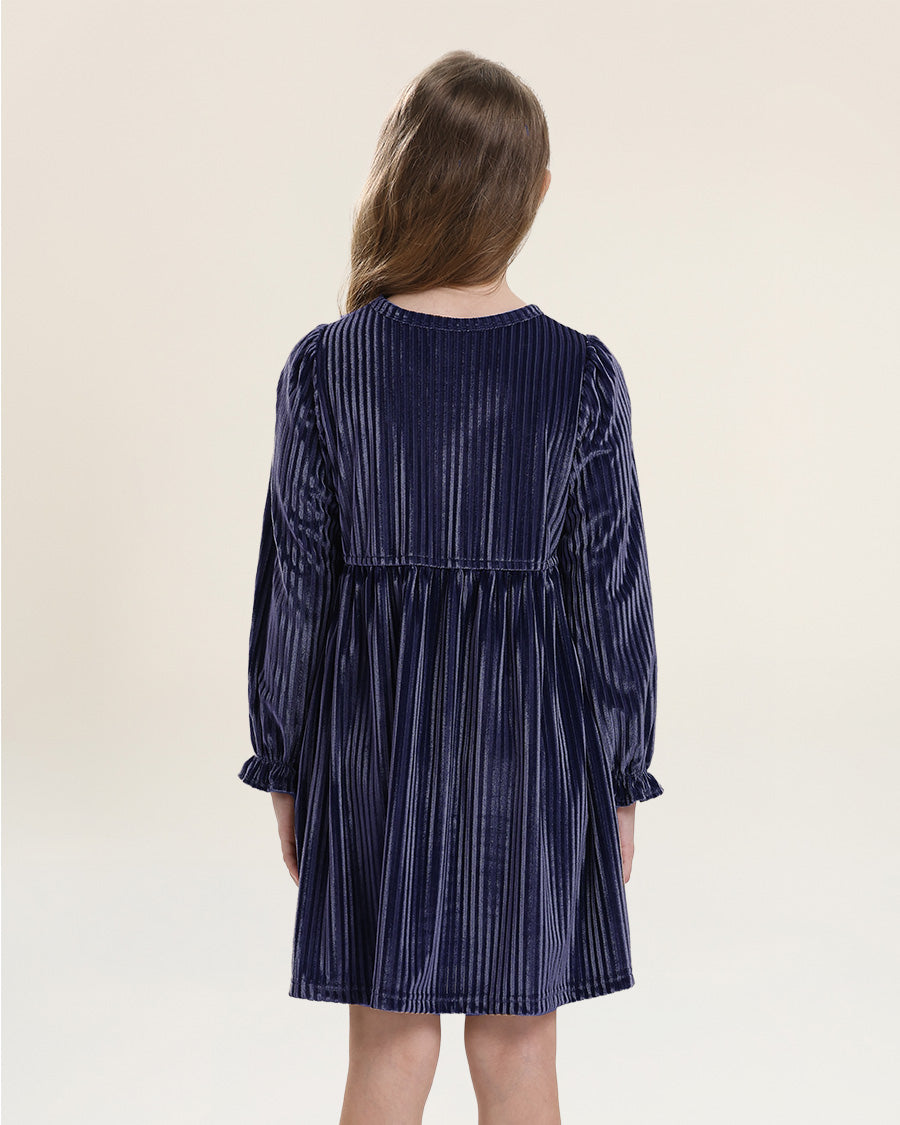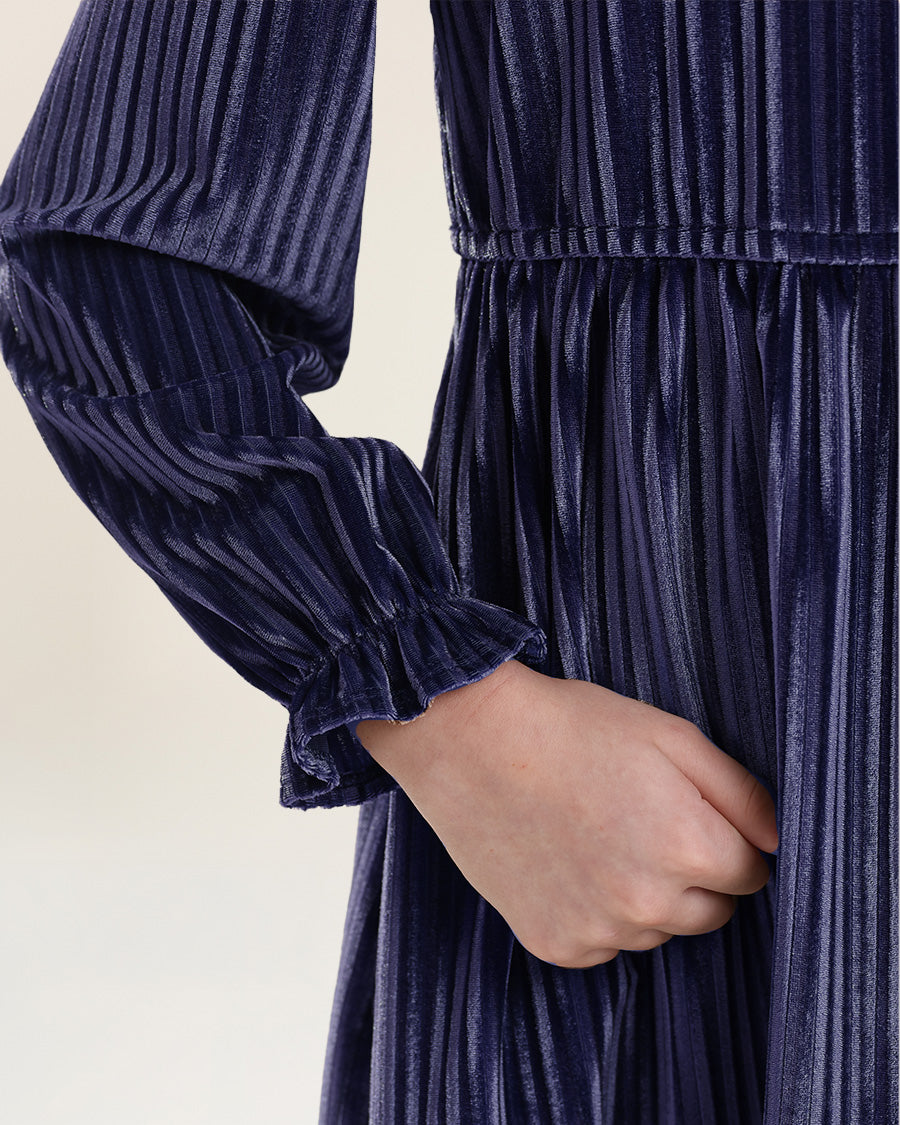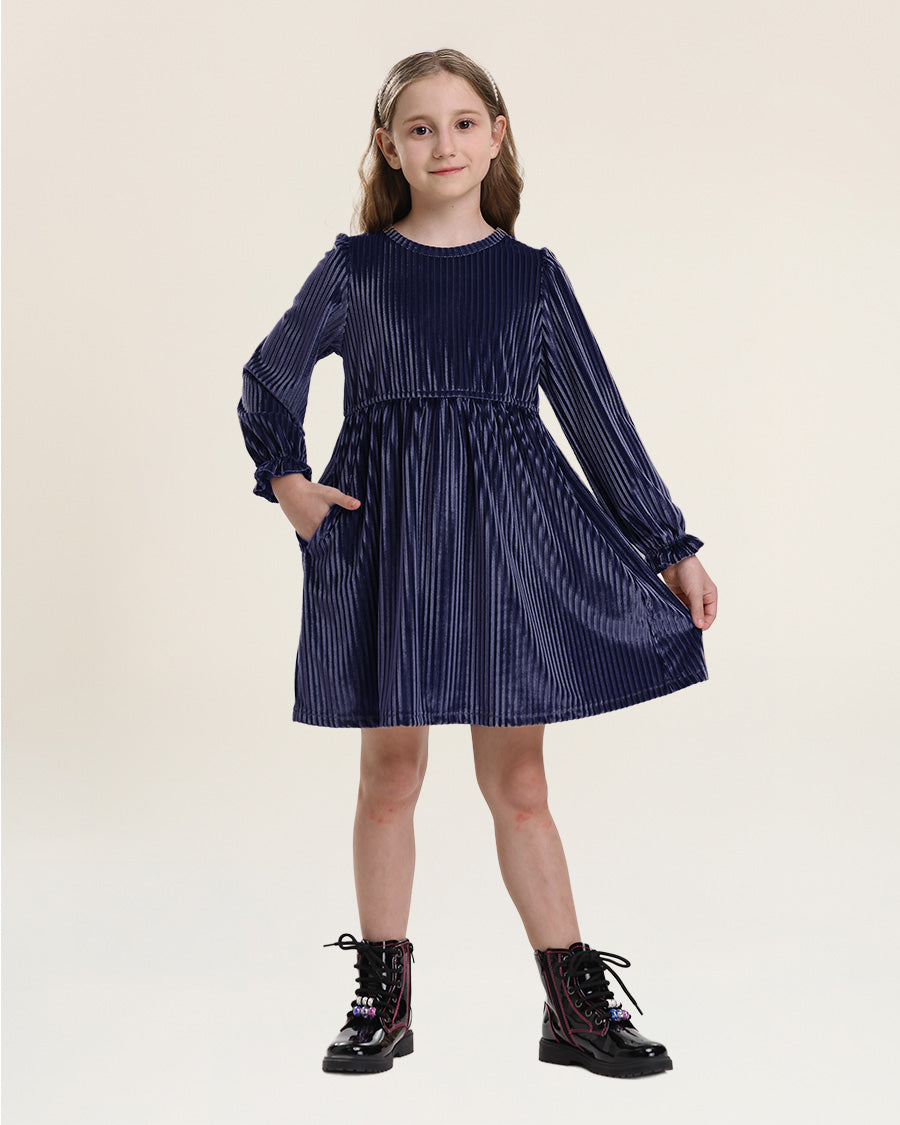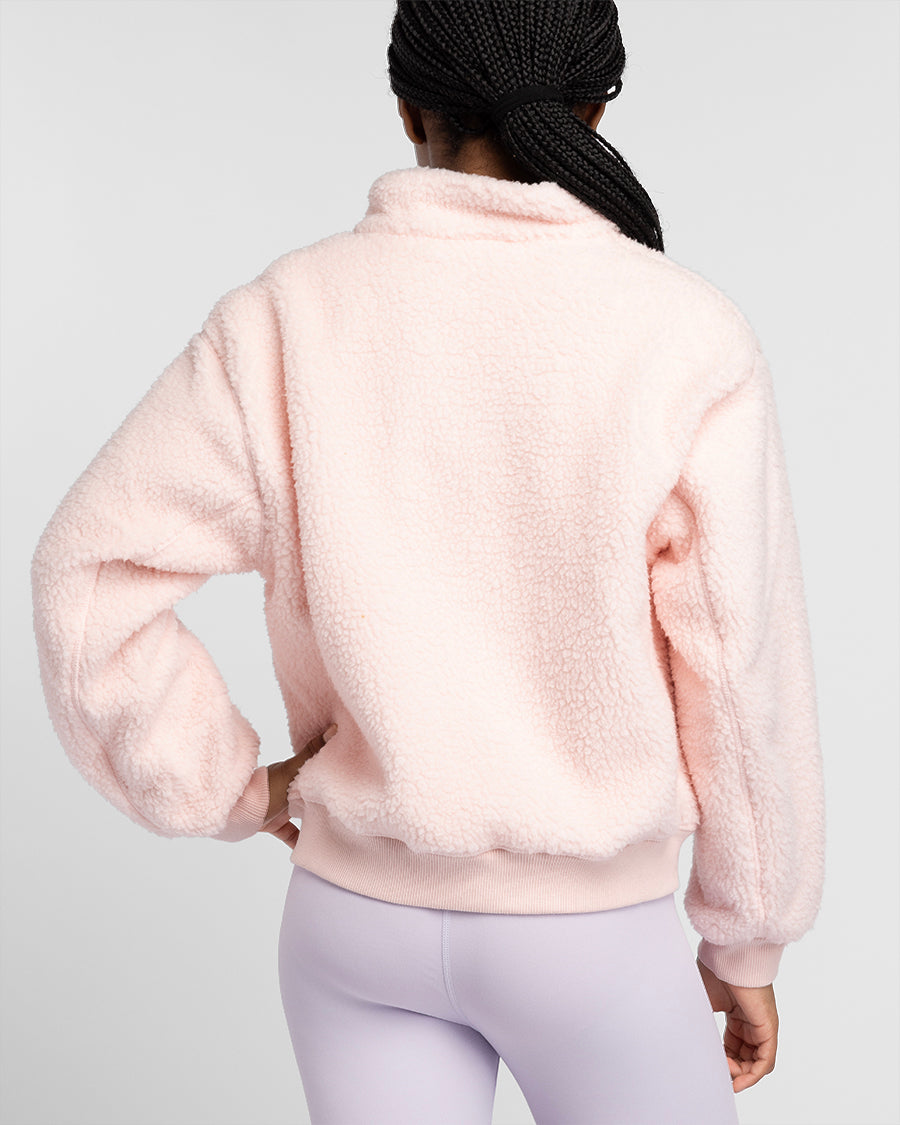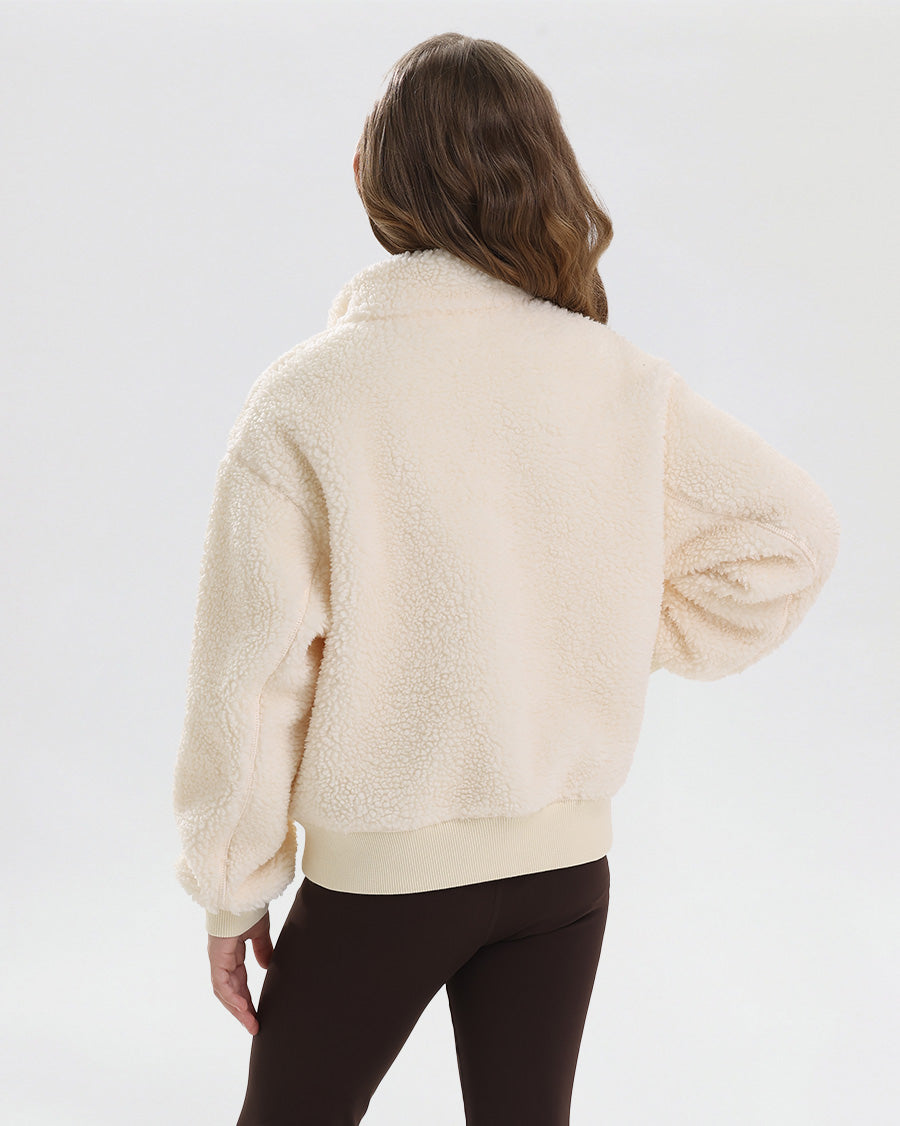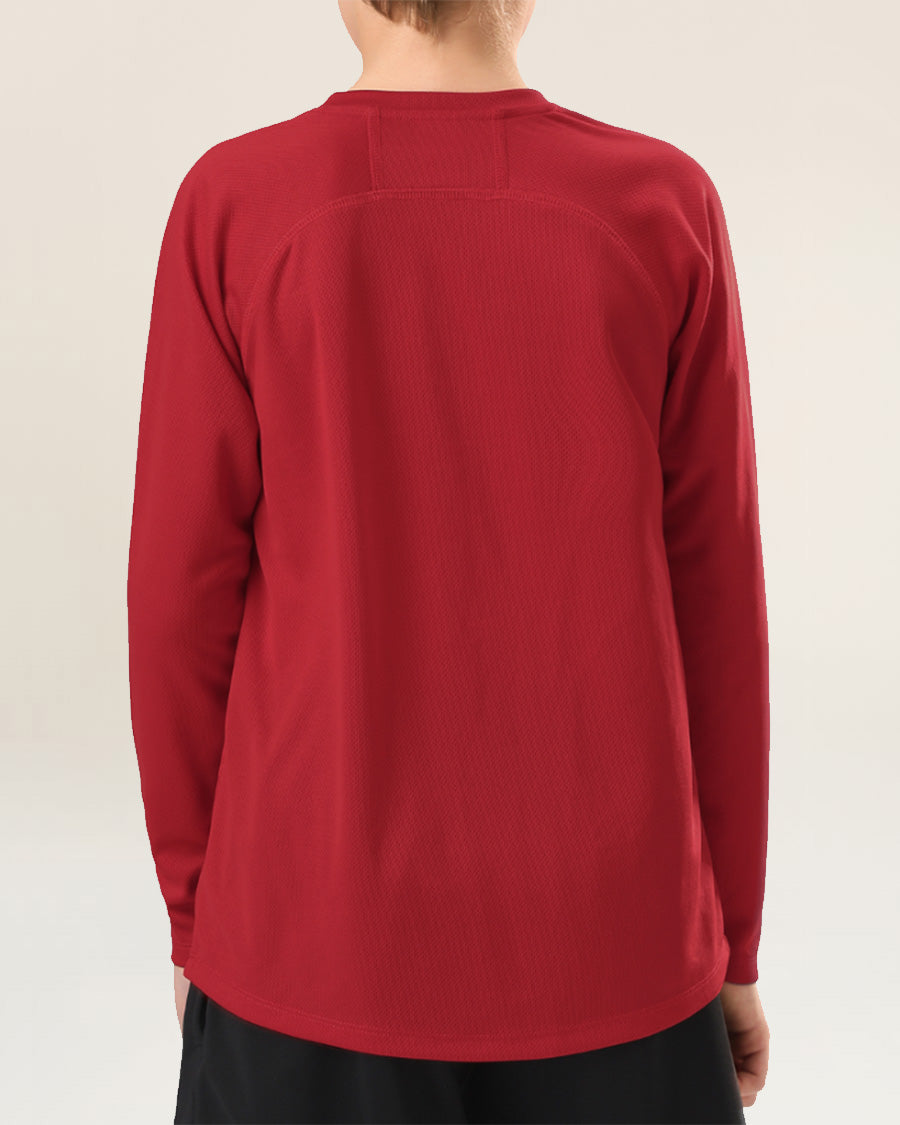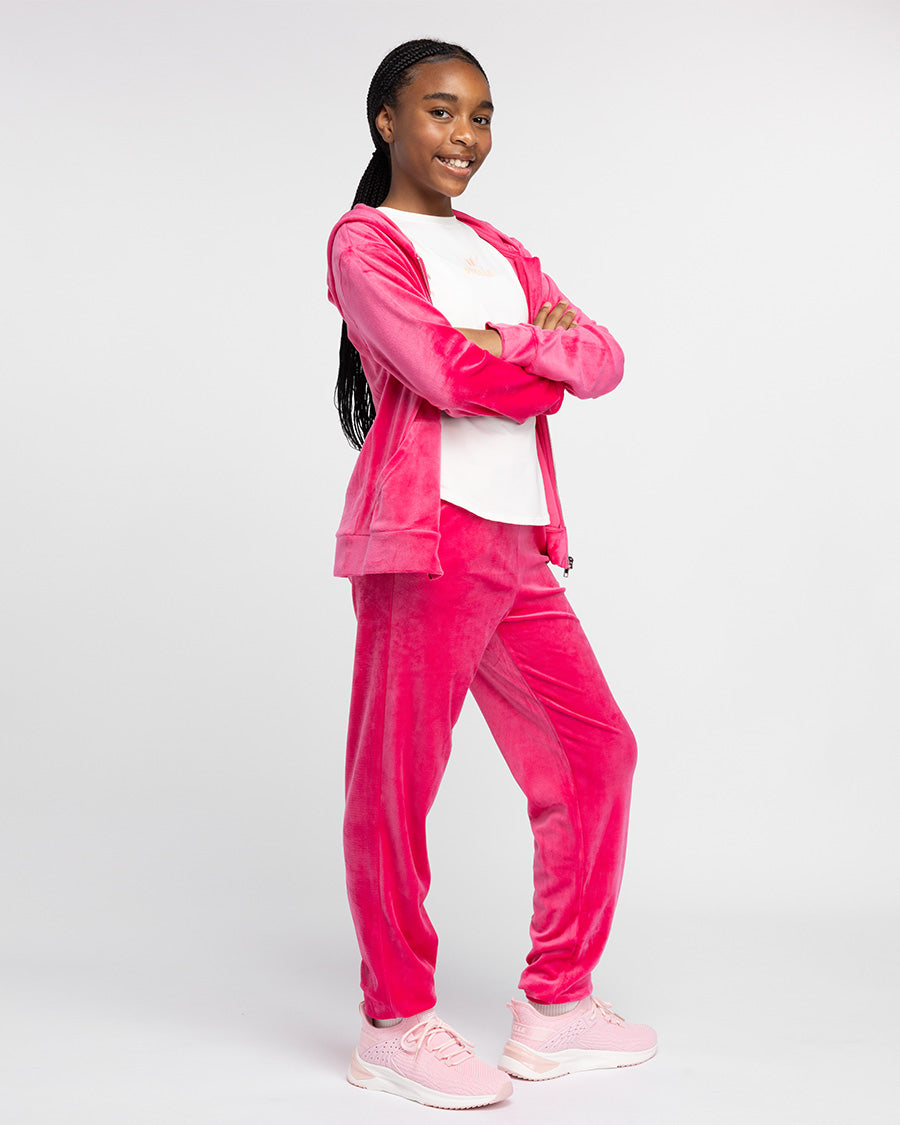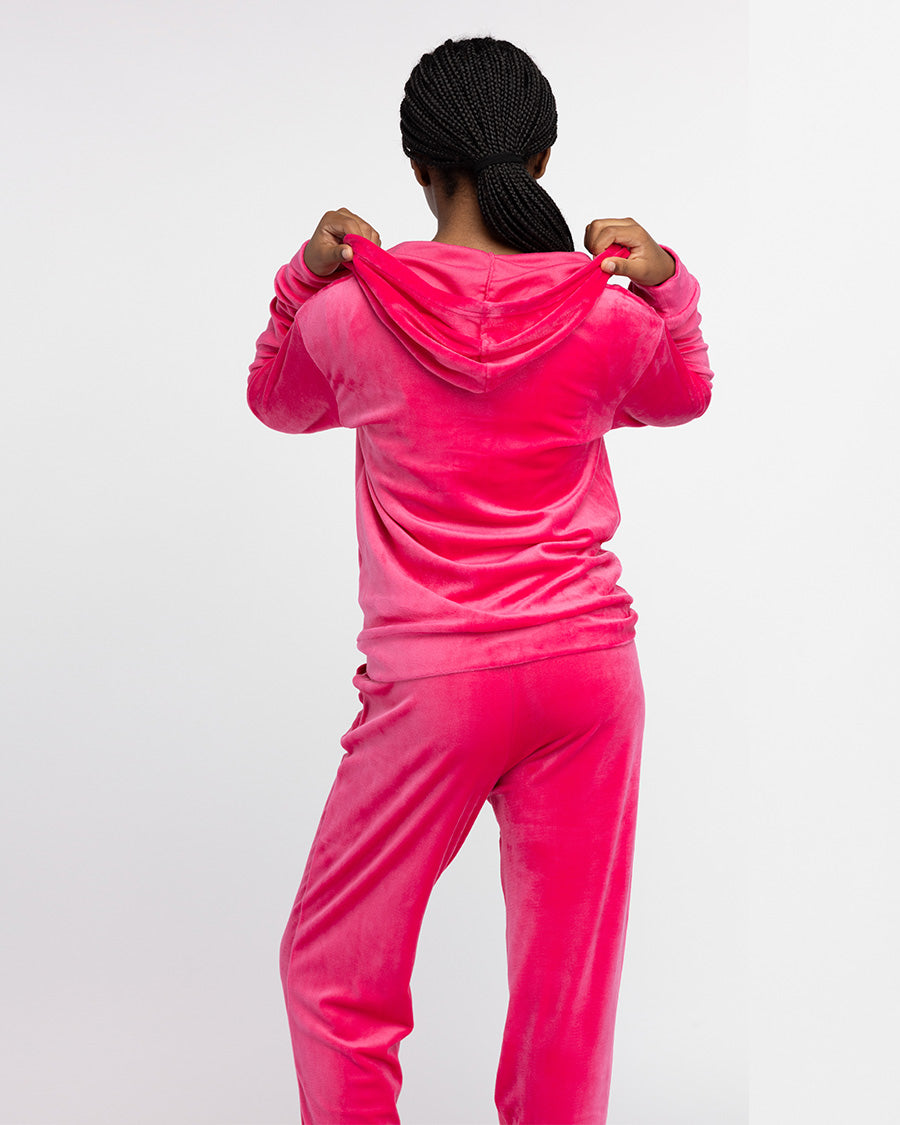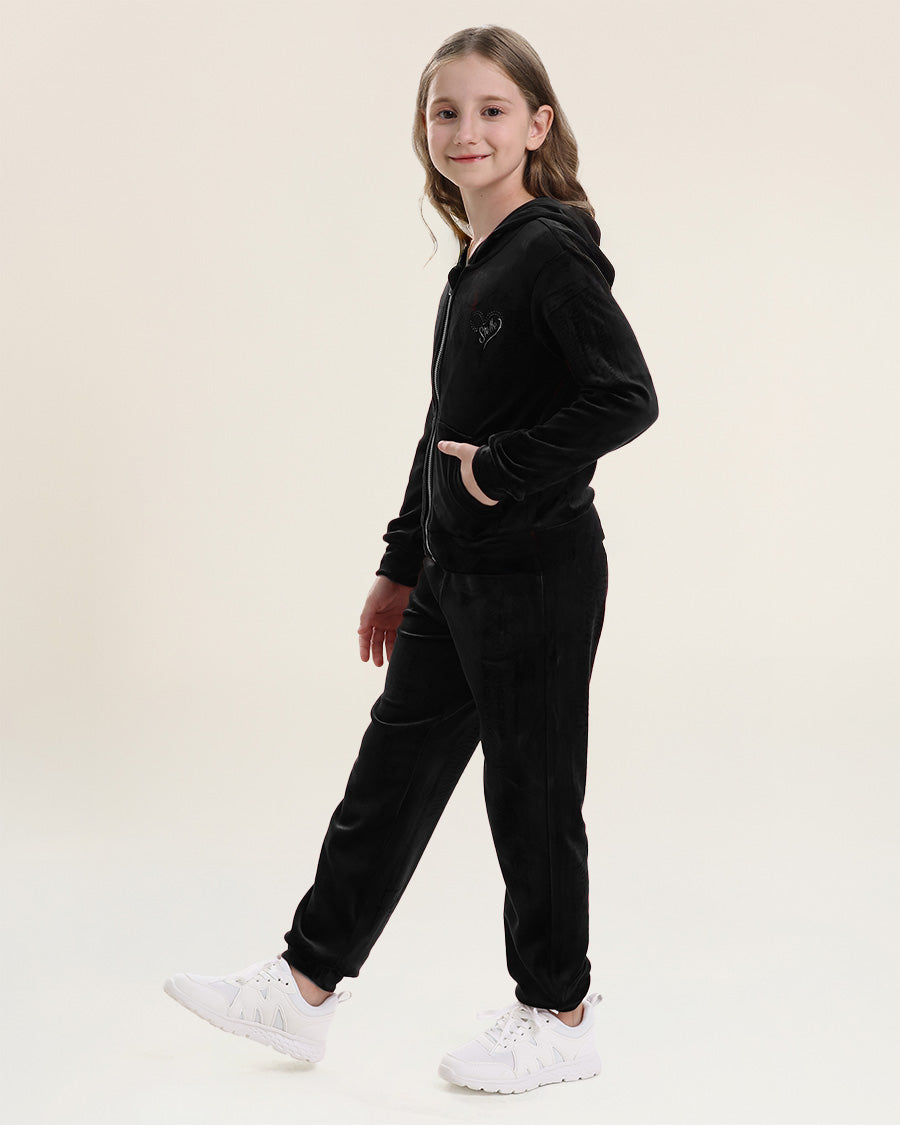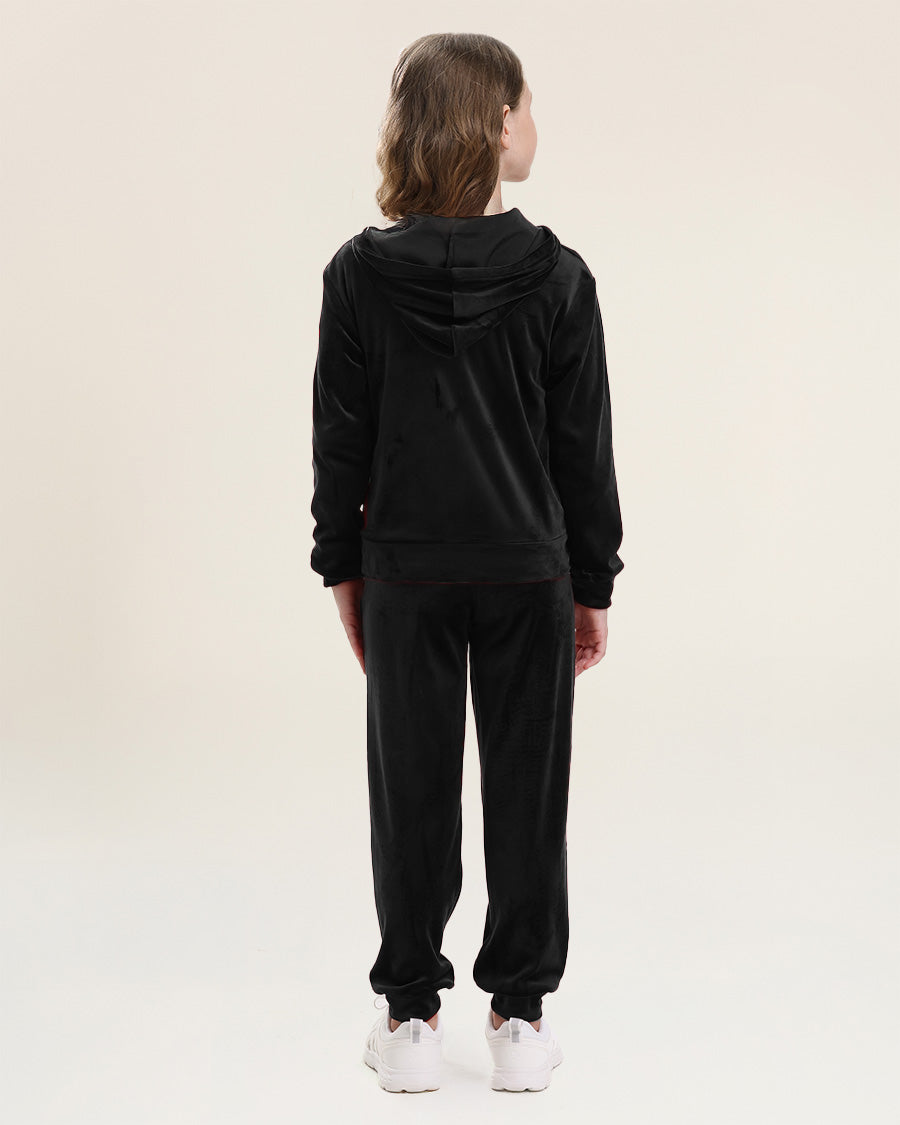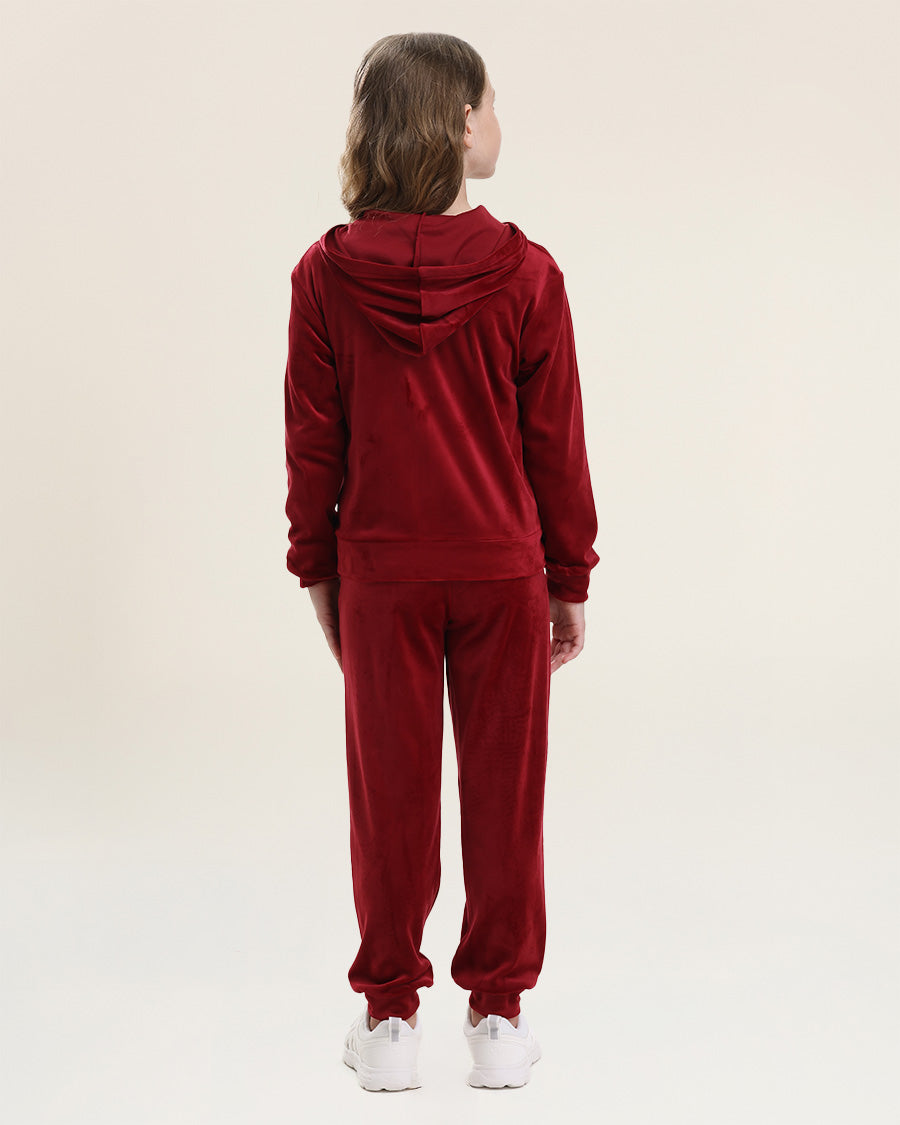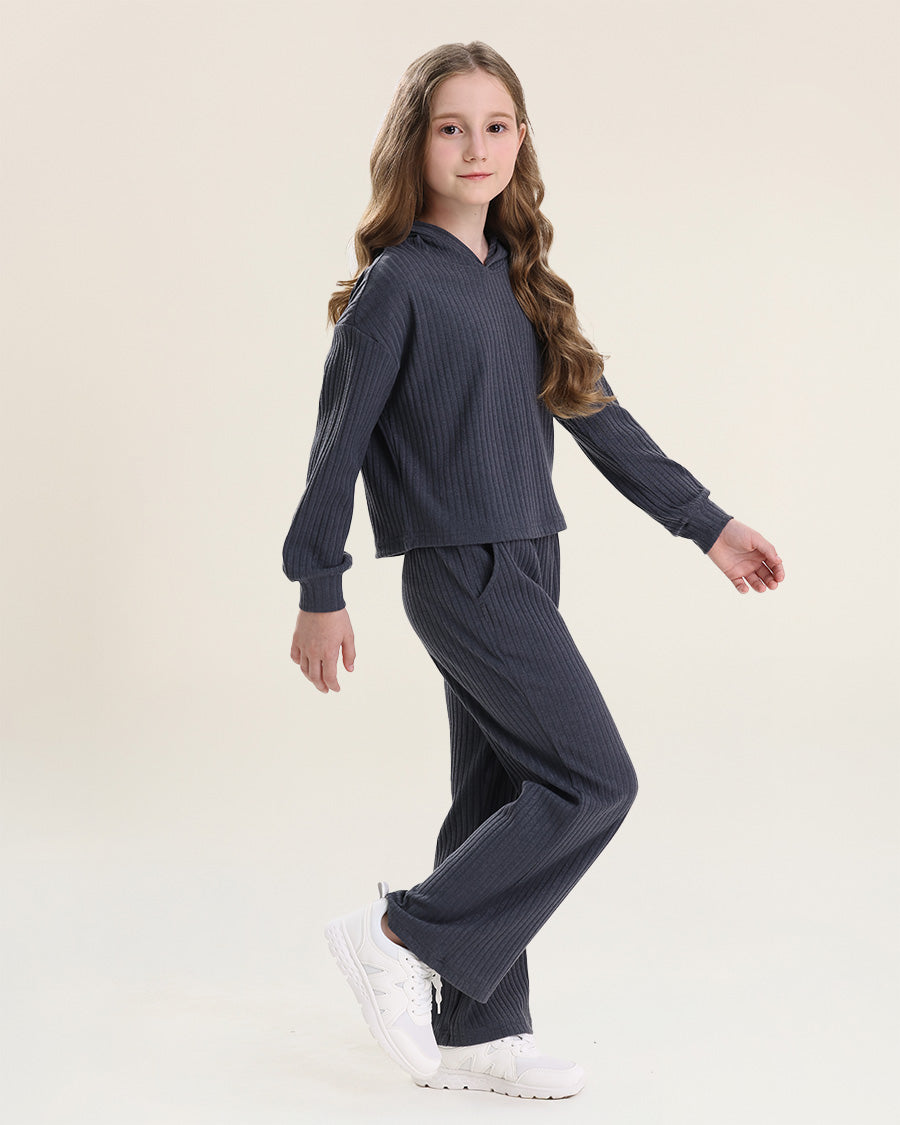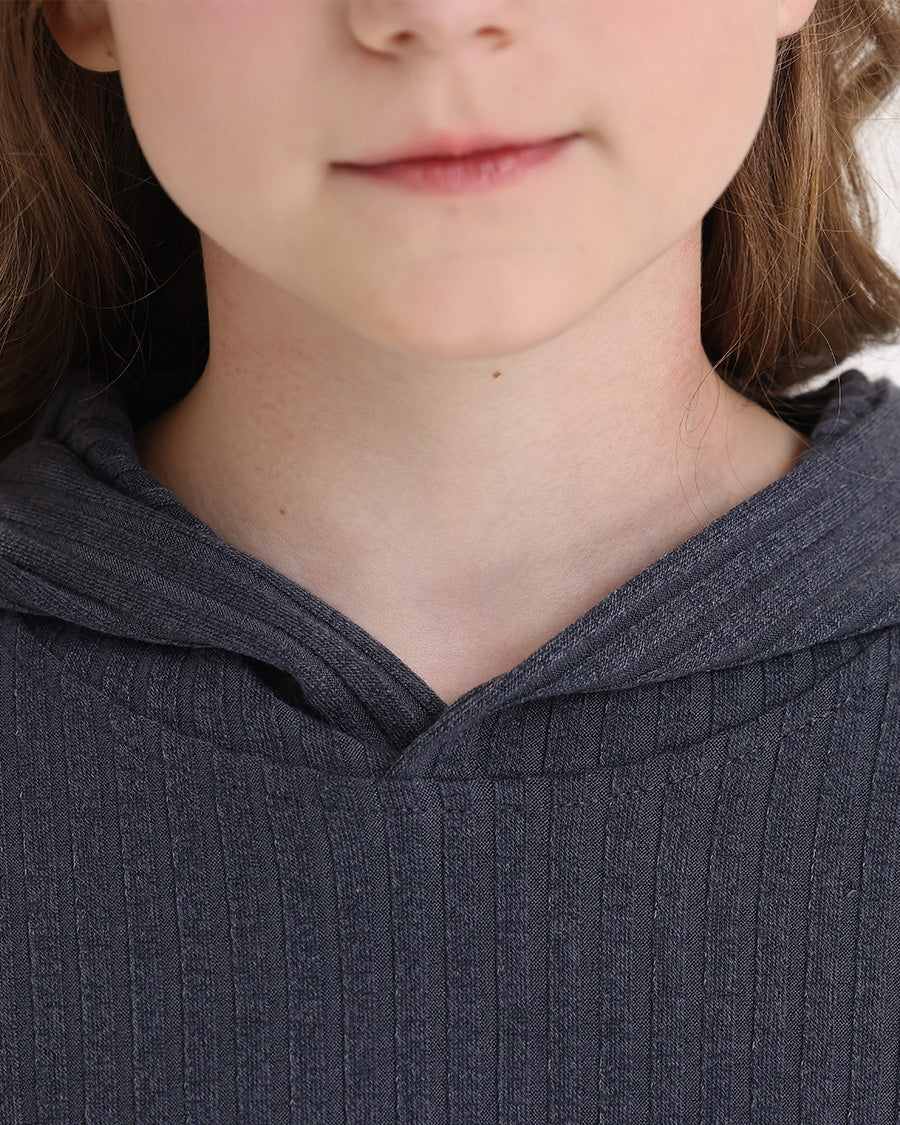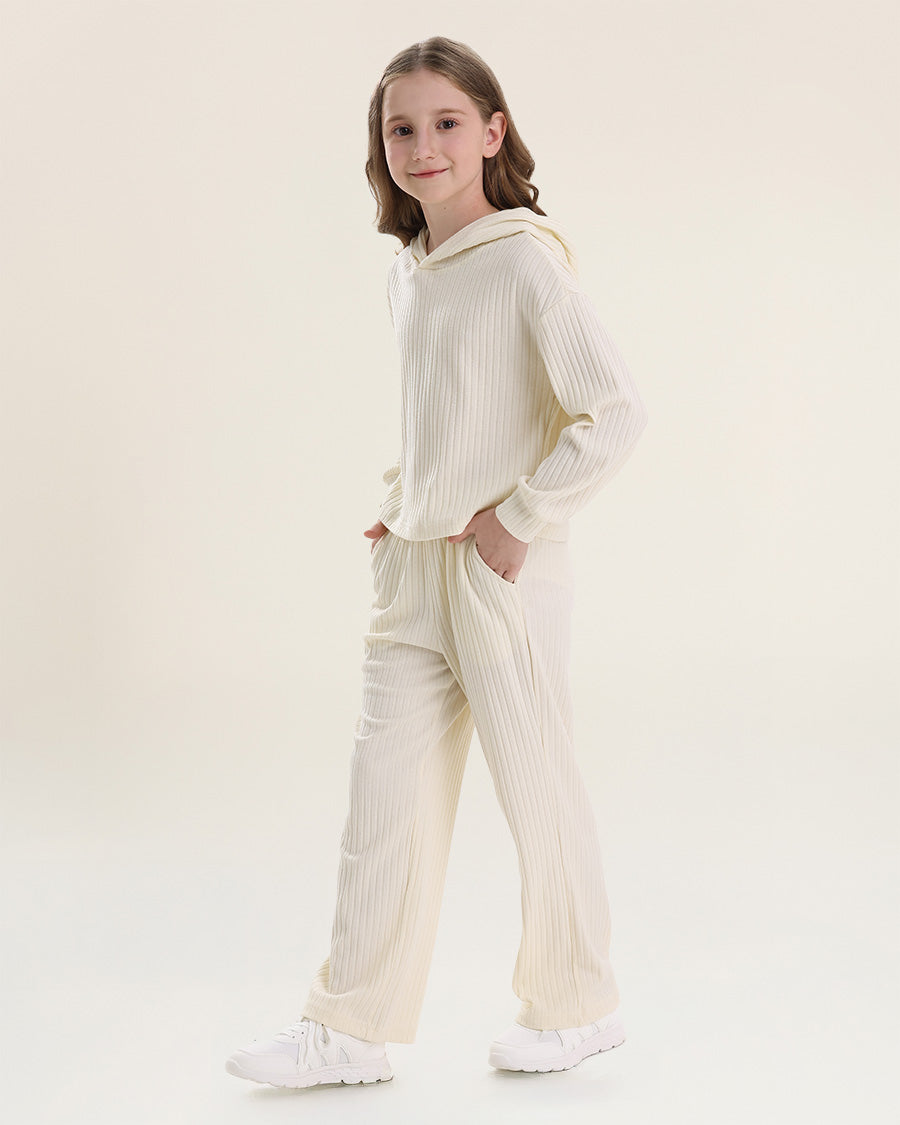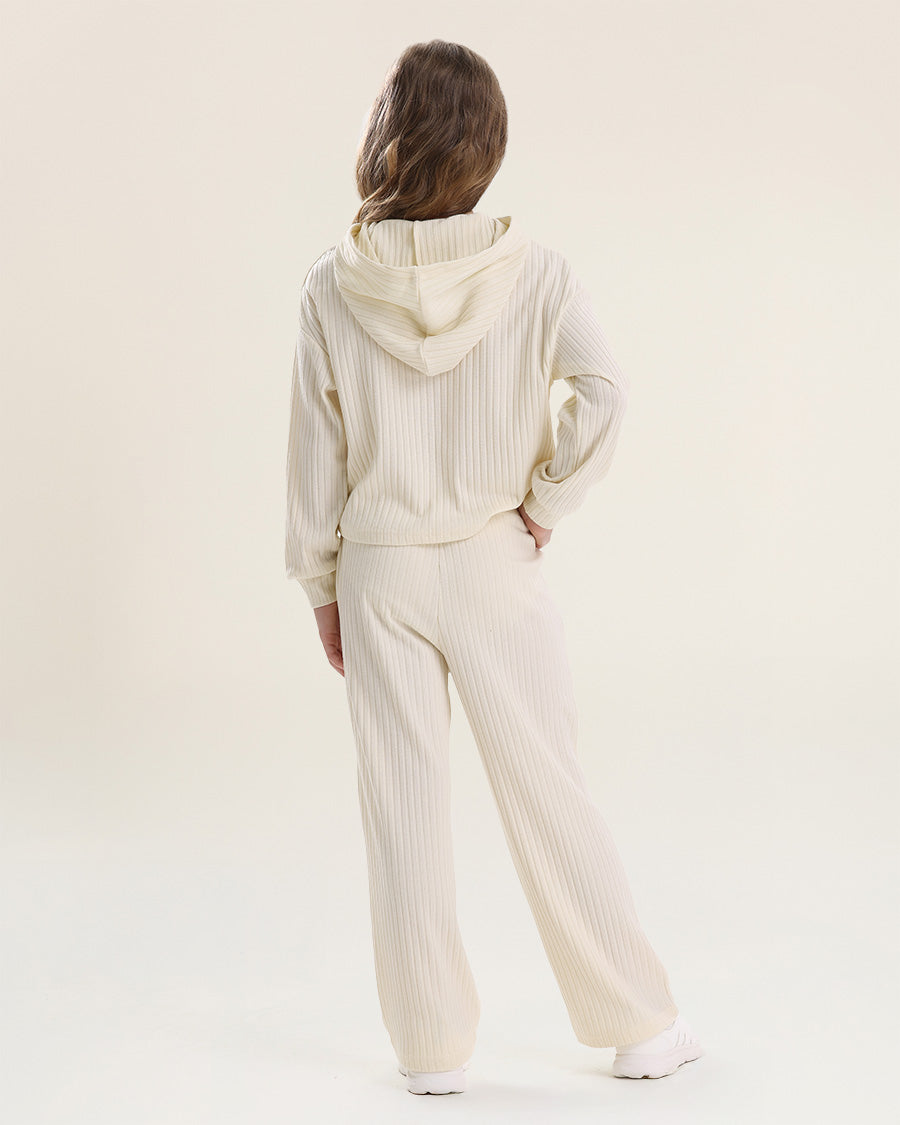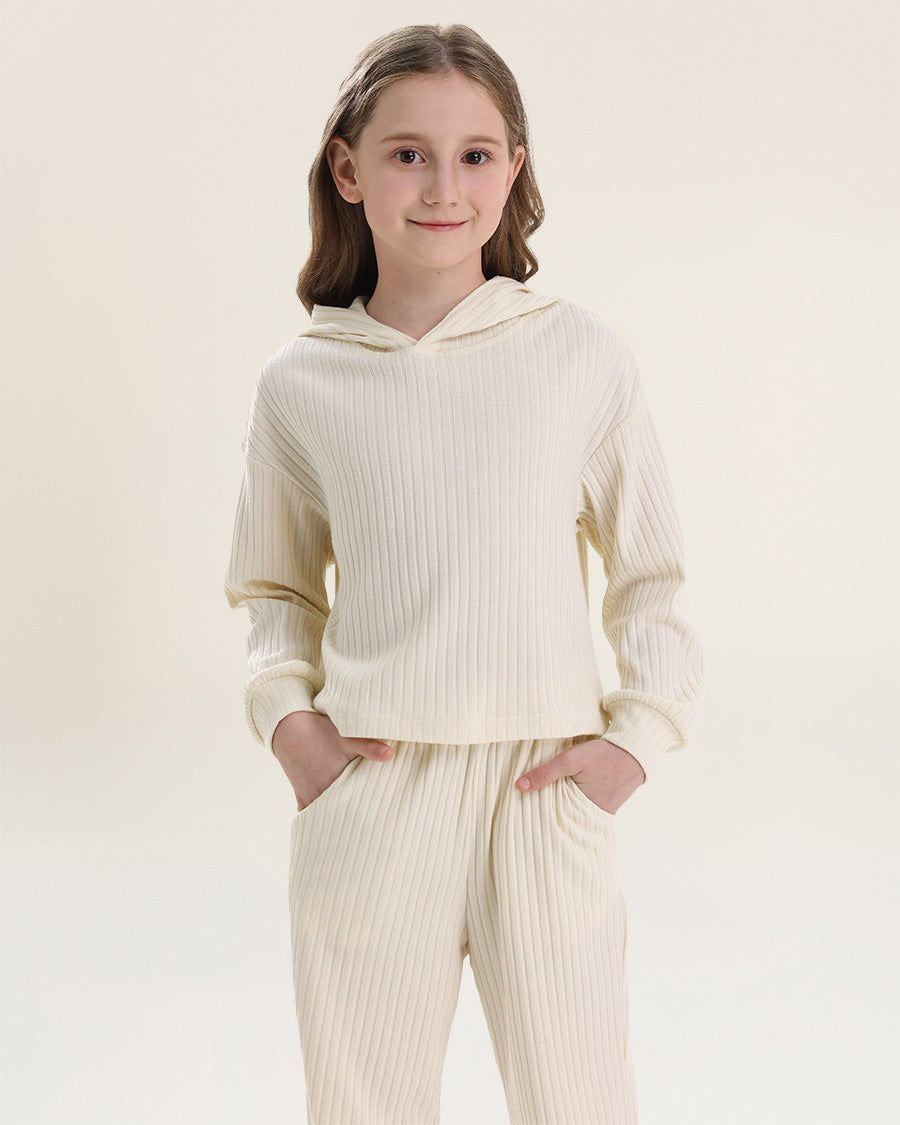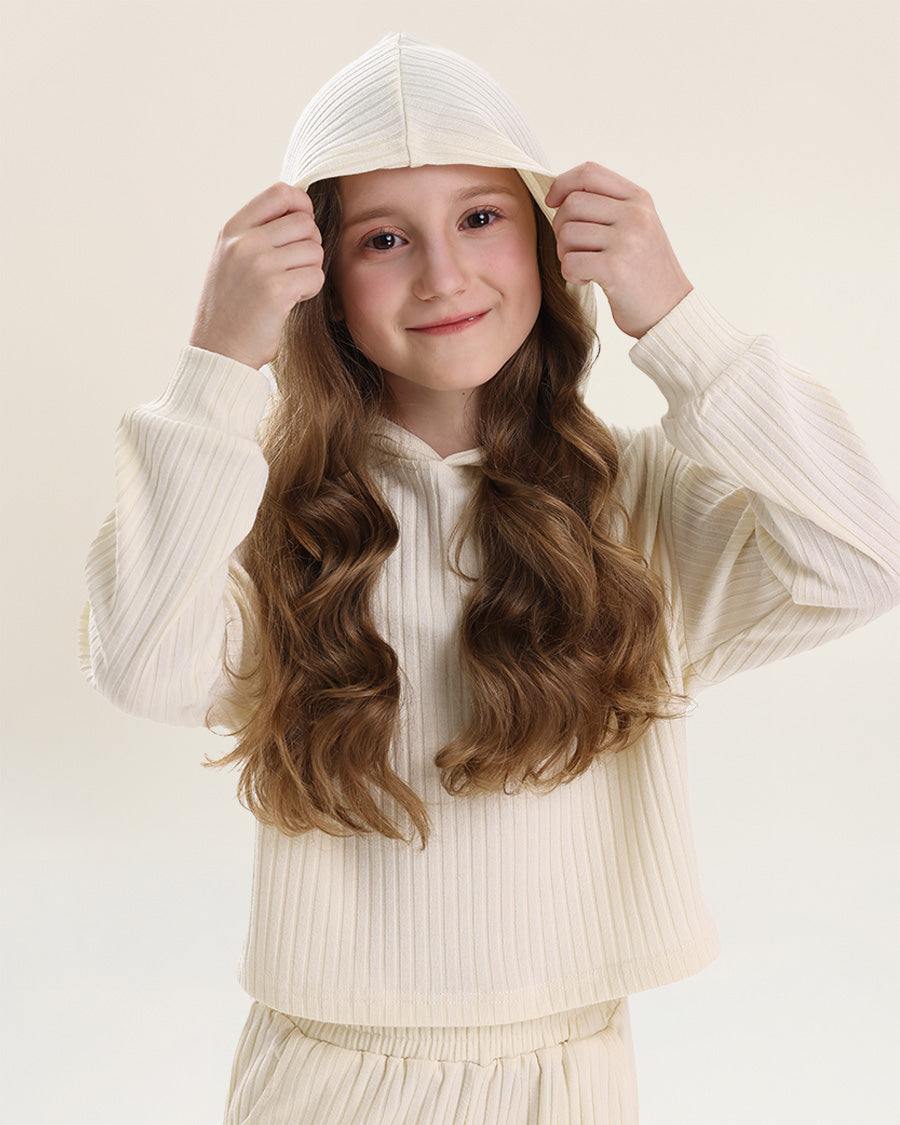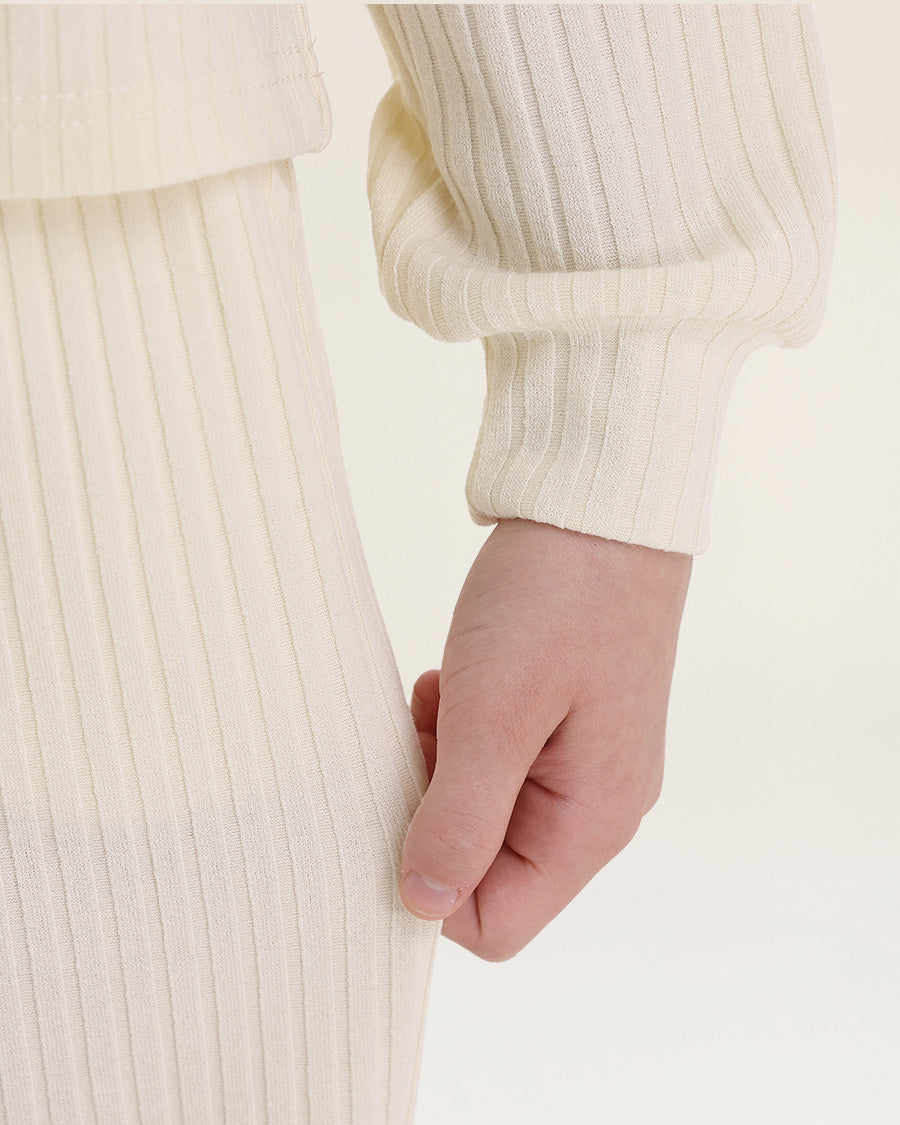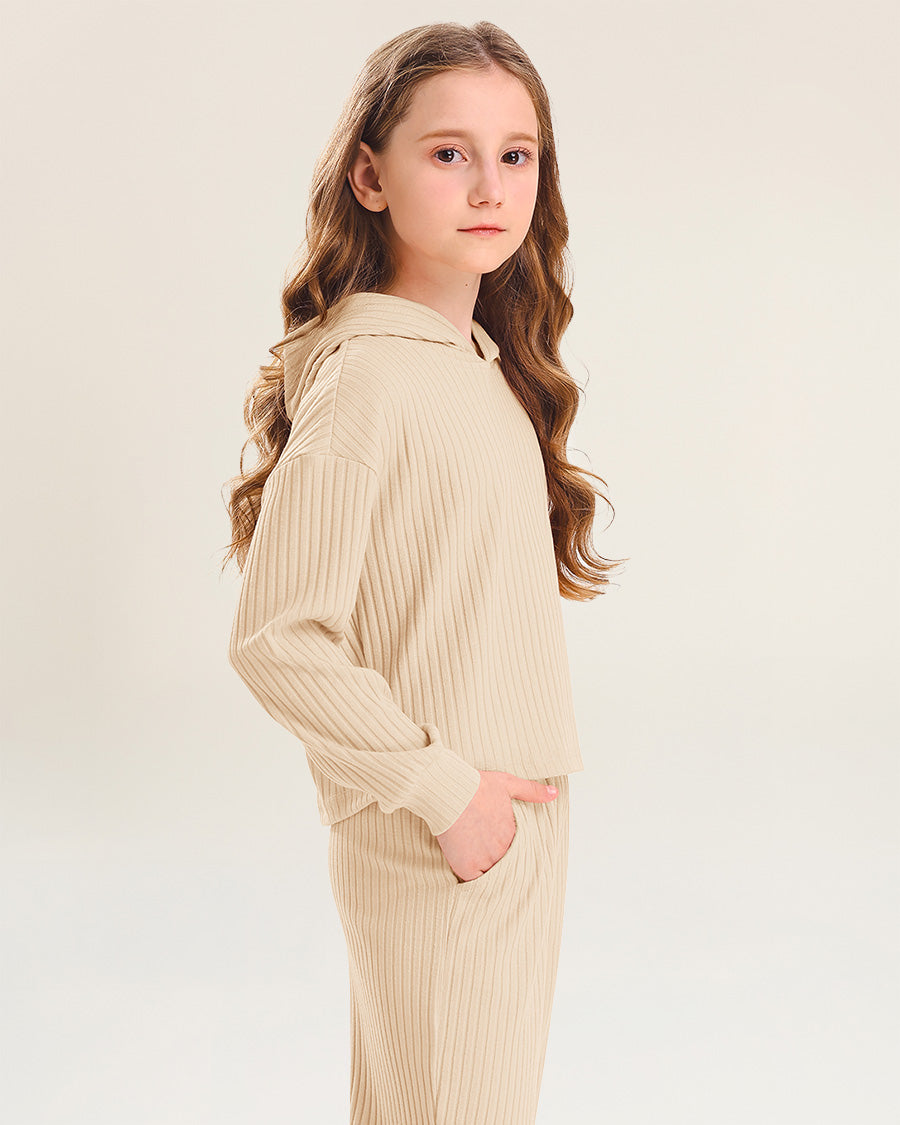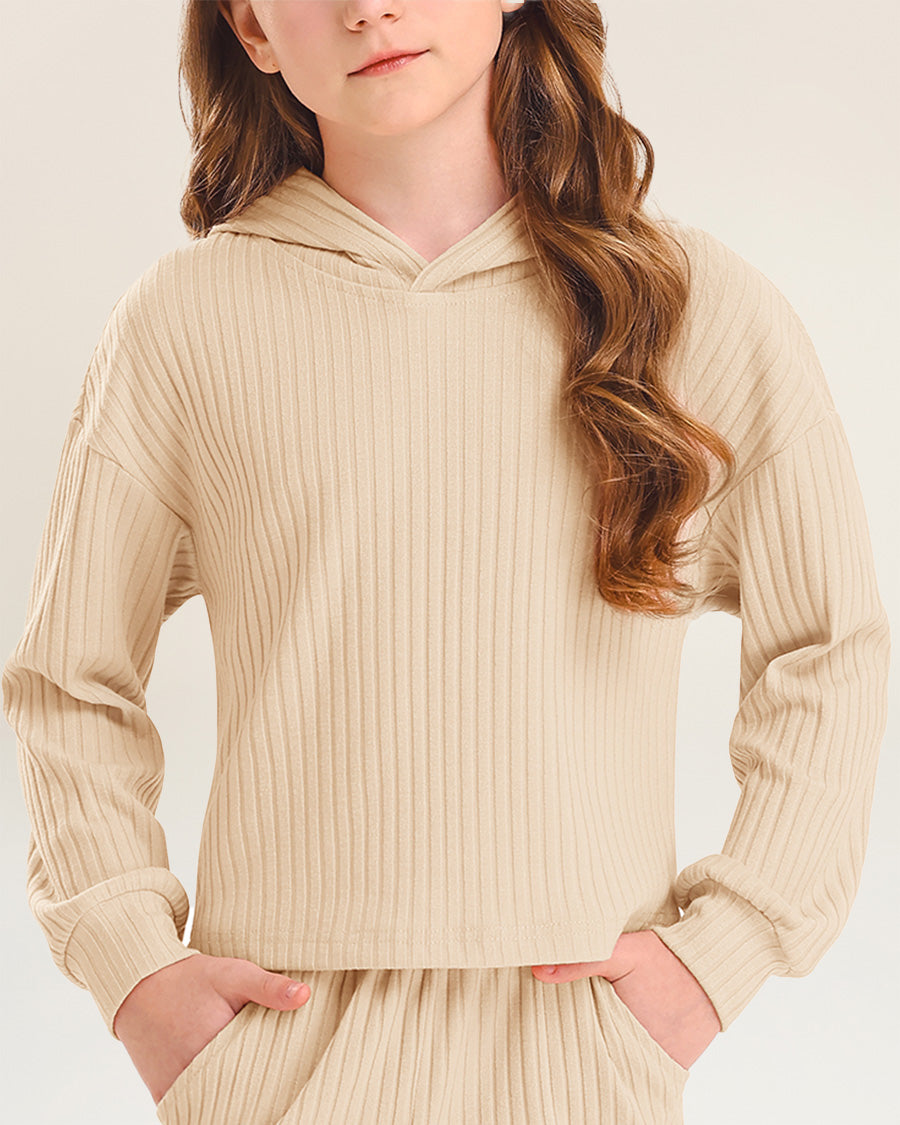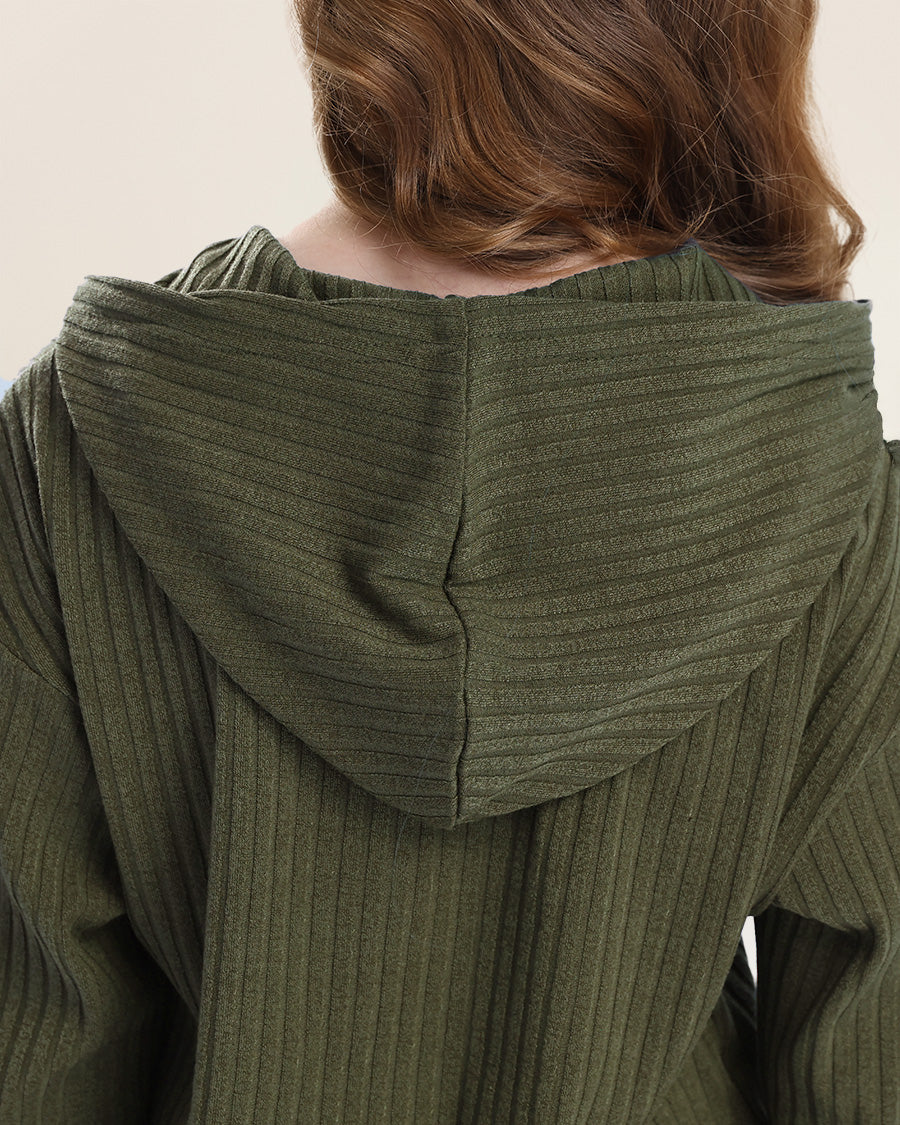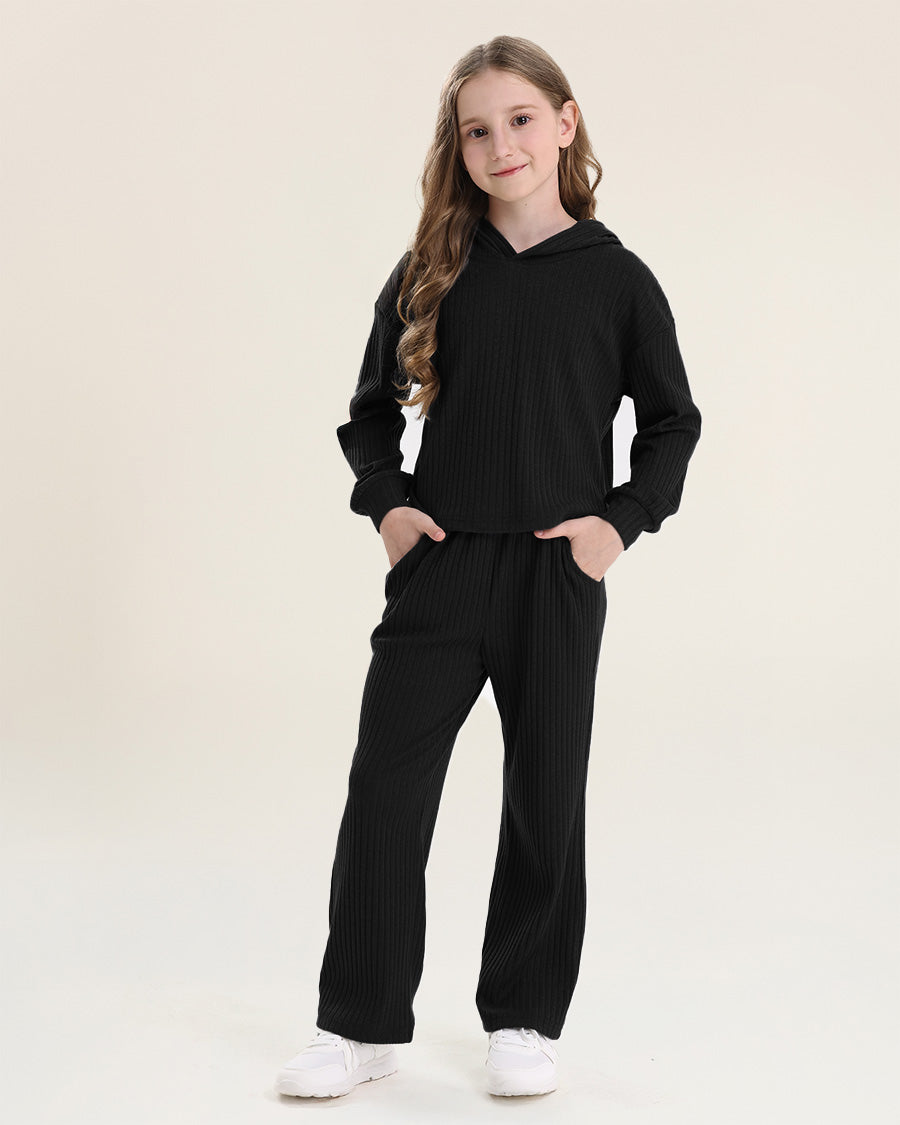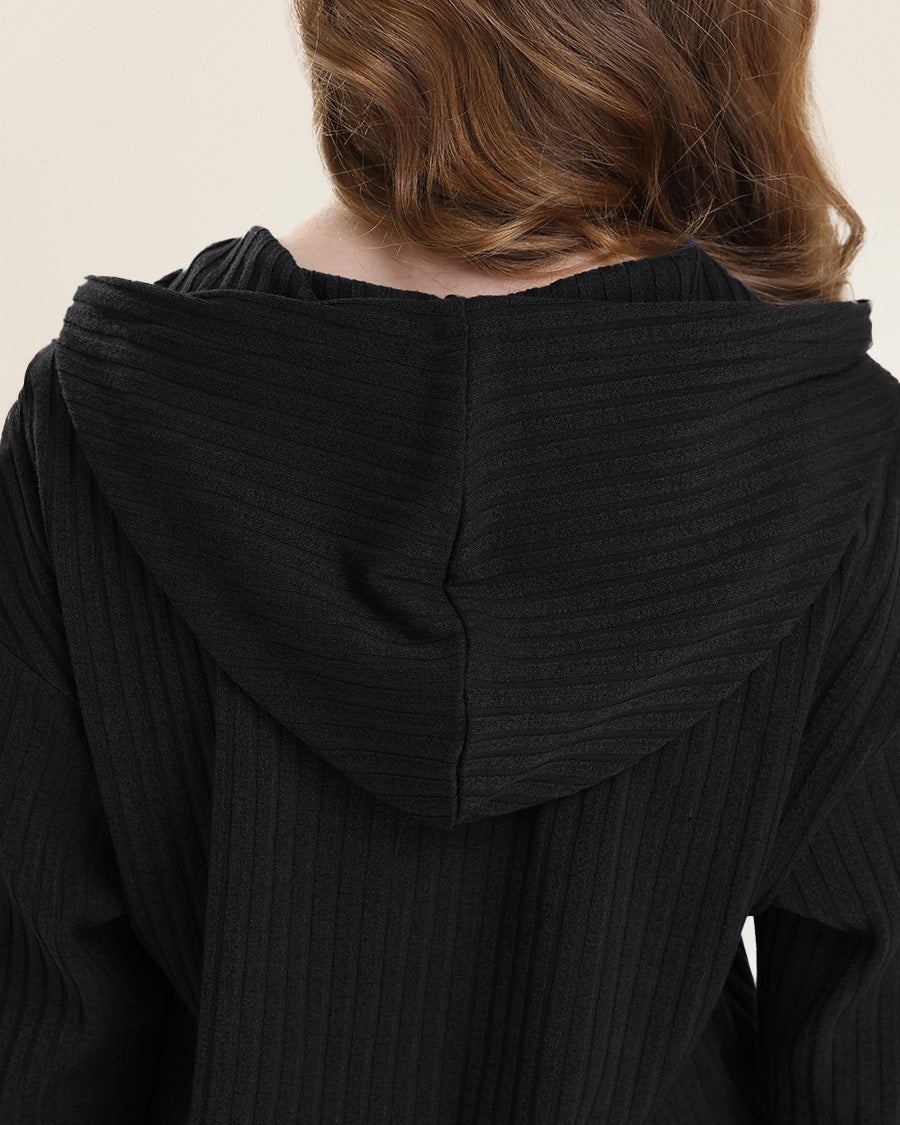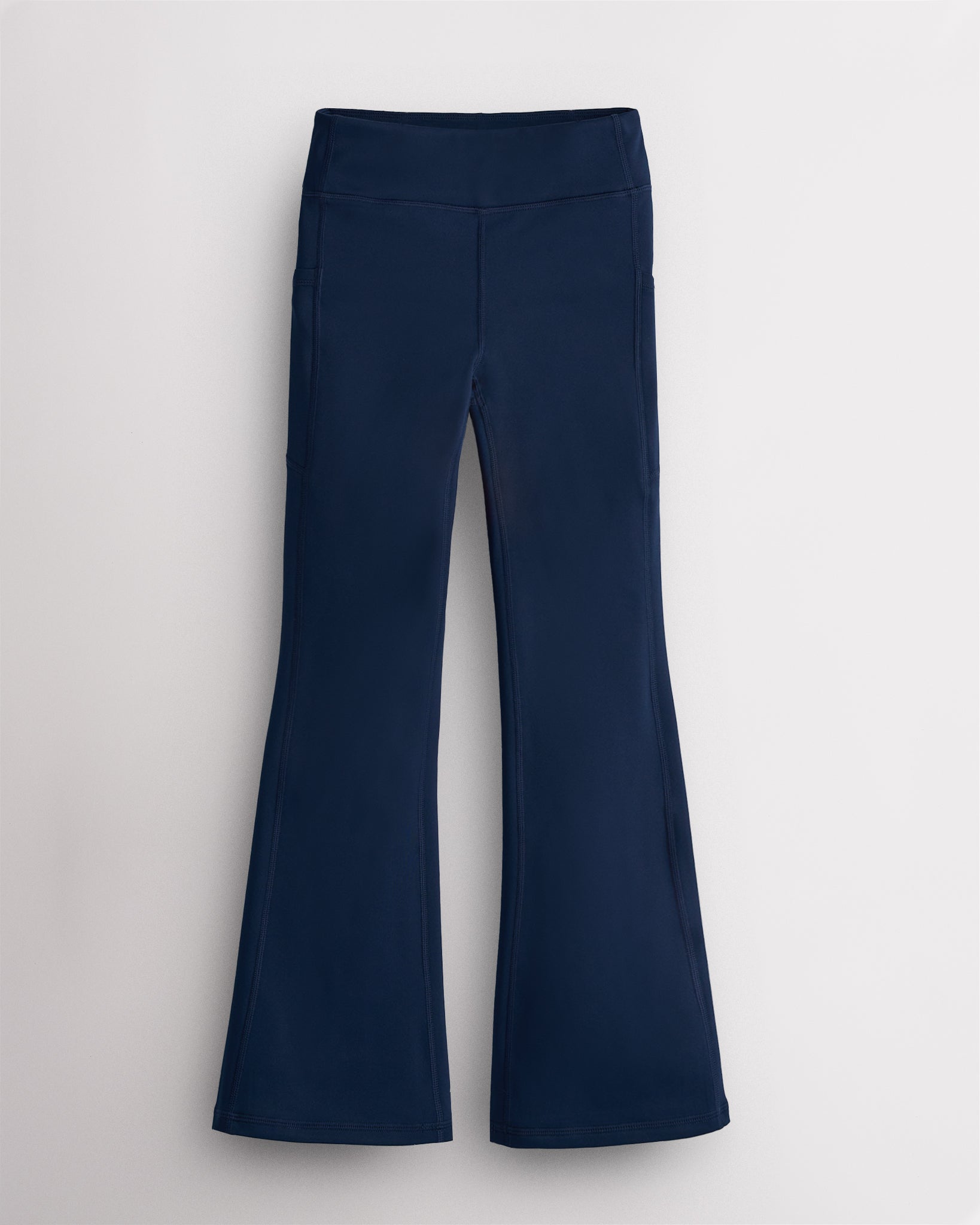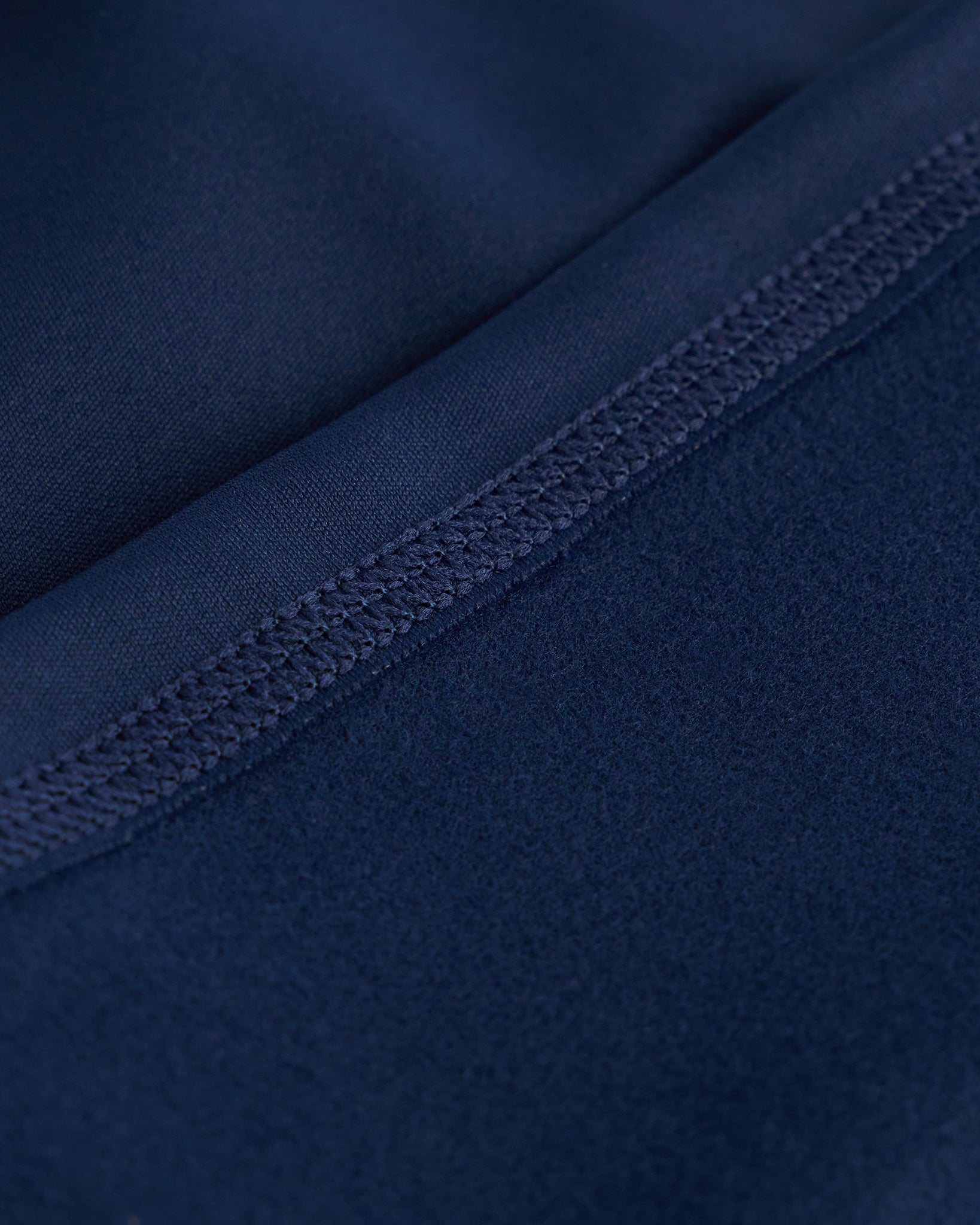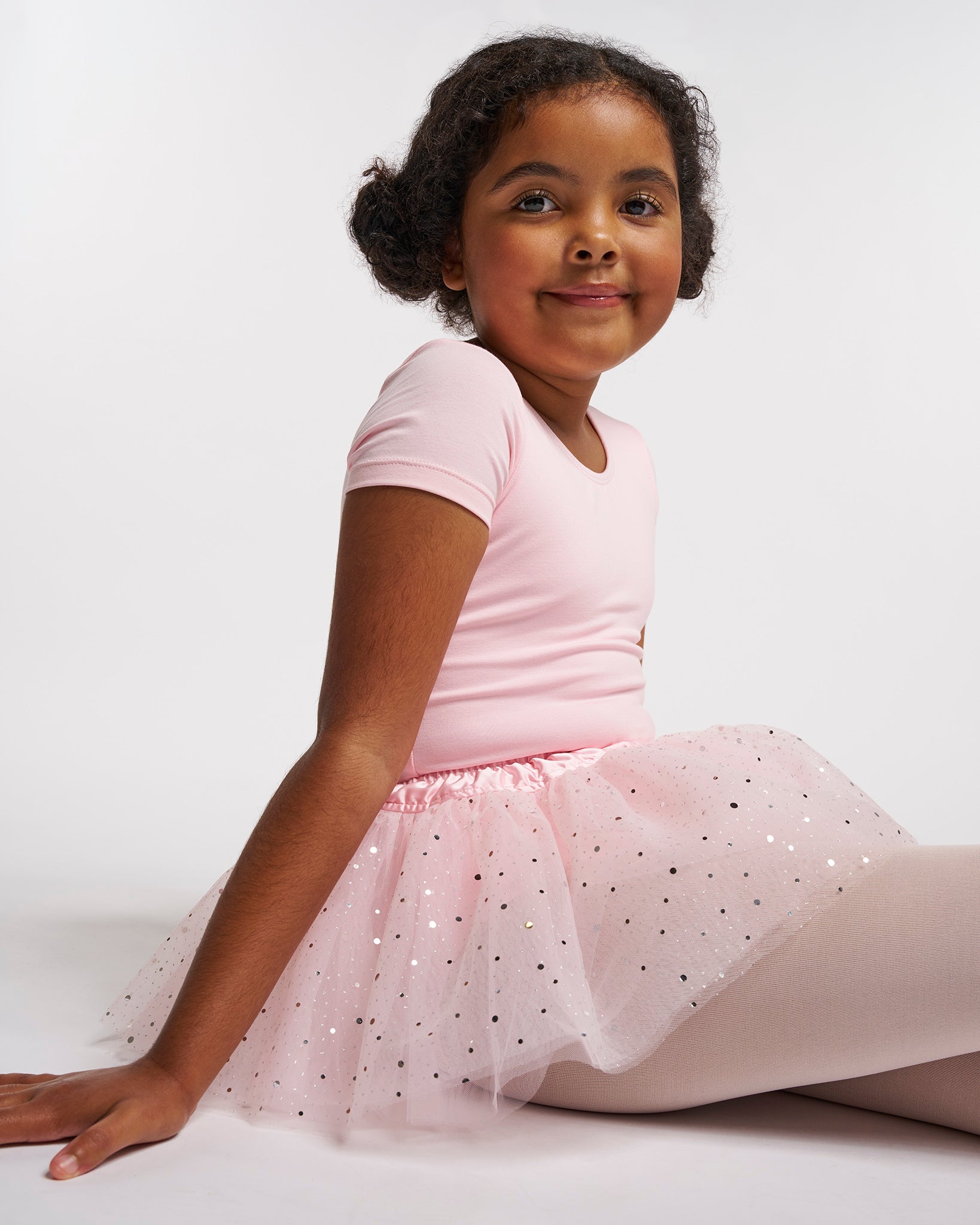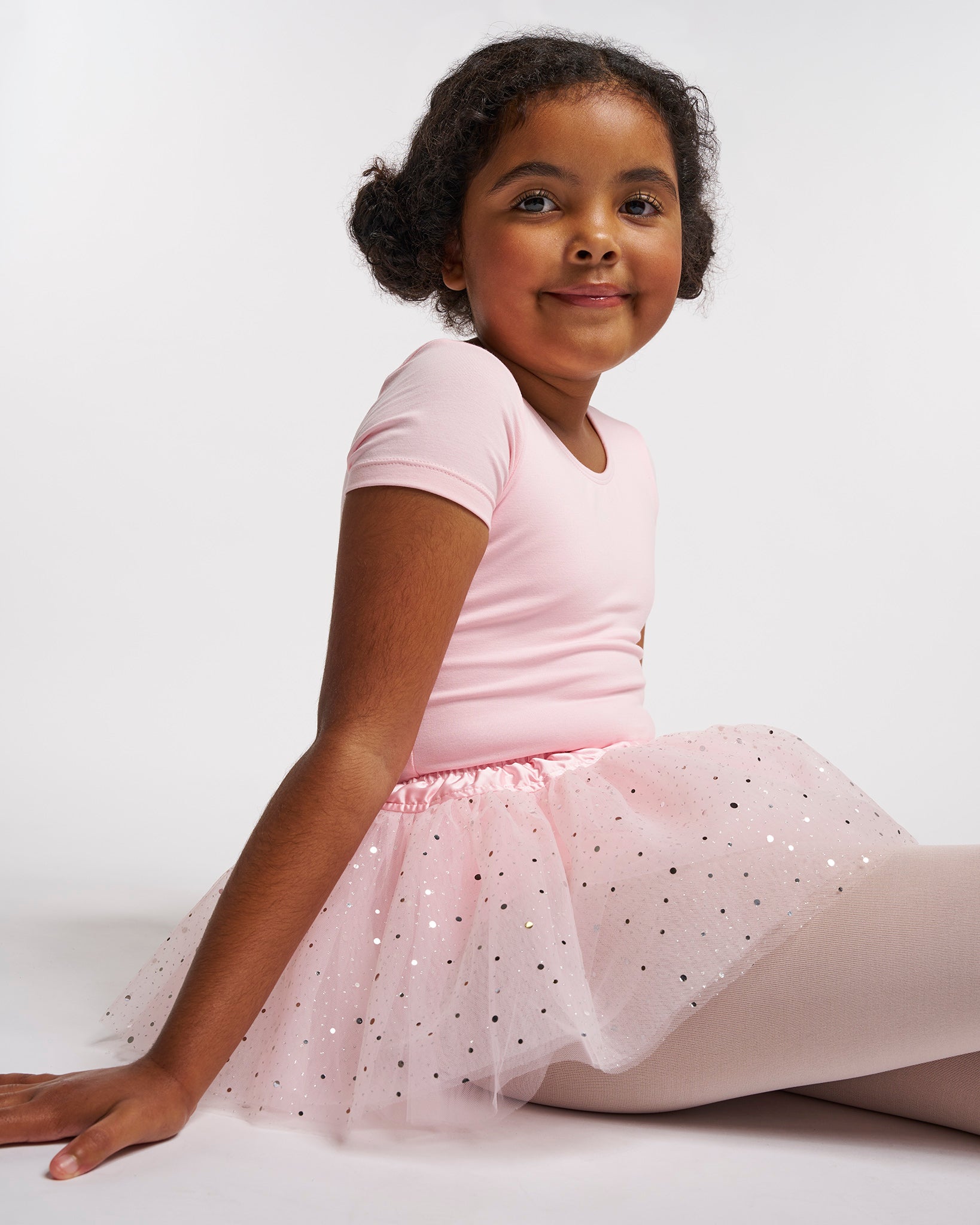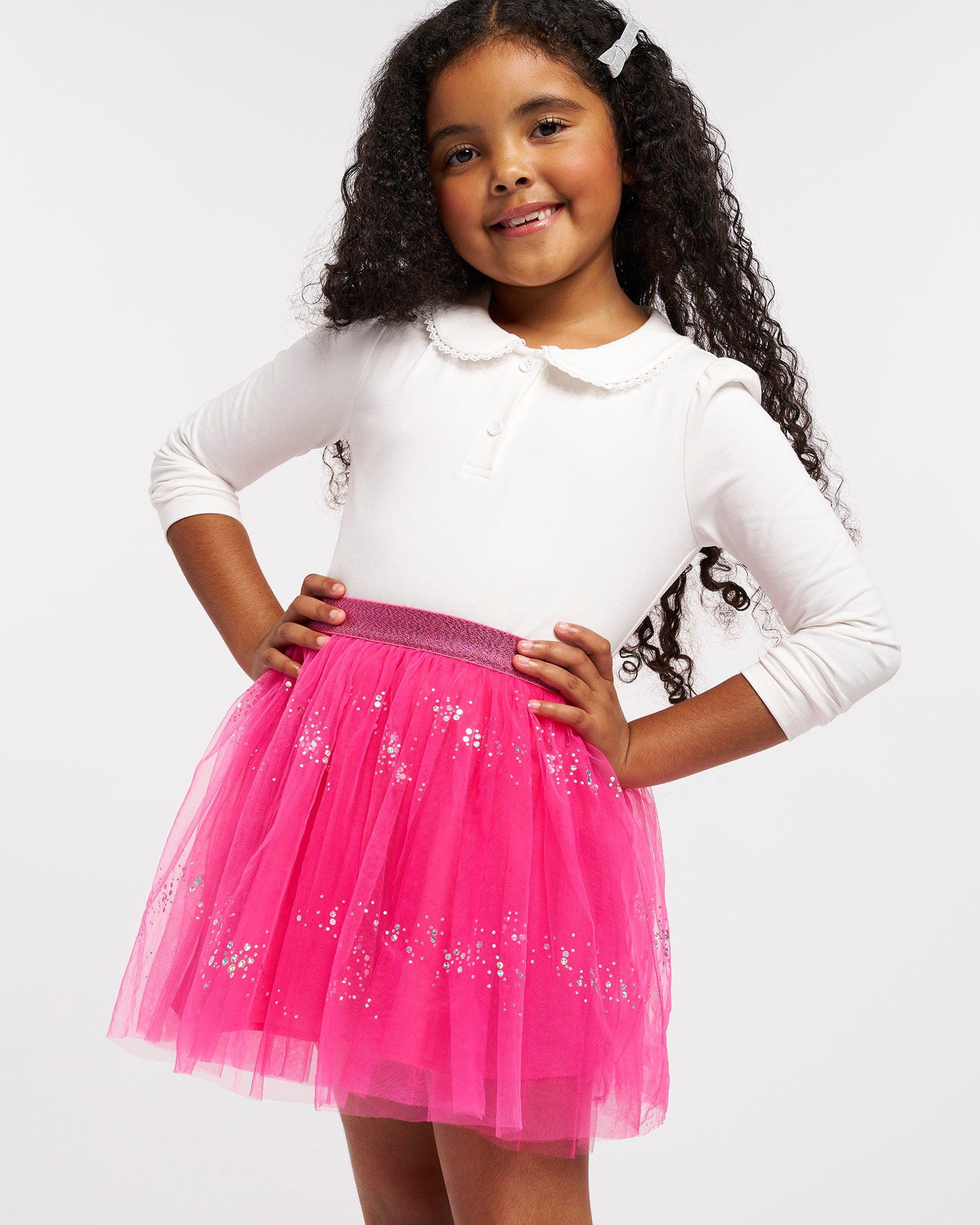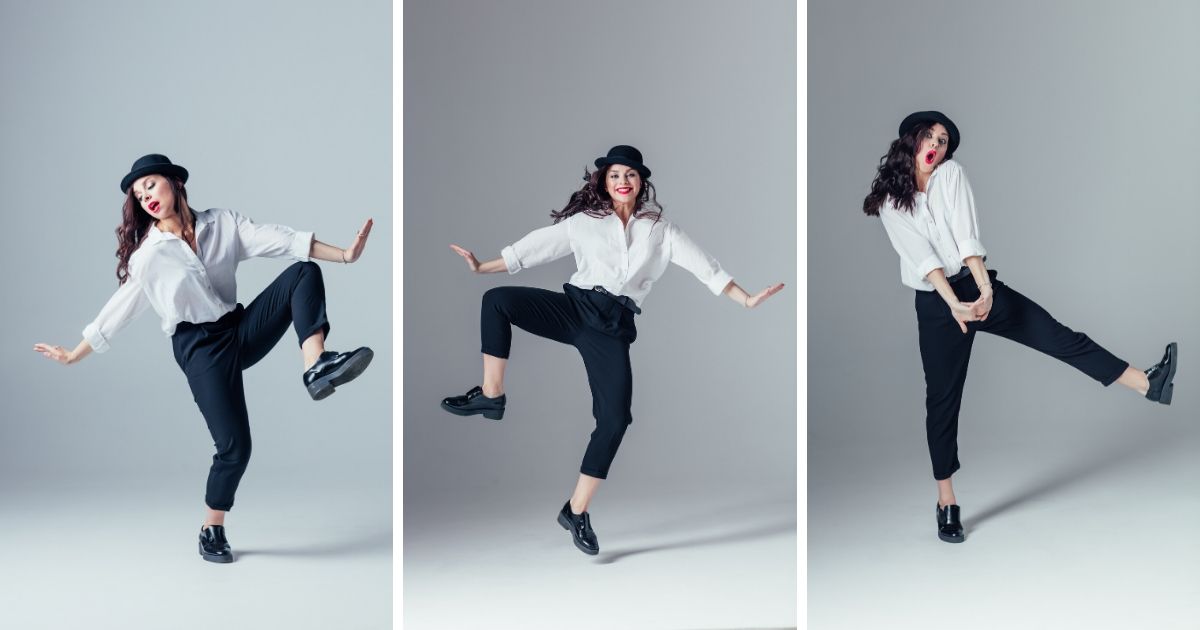The Beginner's Guide to Jazz Dance
Table of contents
- 1. What Is Jazz Dance?
- 2. Jazz Dance and Ballet
- 3. Classical Jazz
 " href="#a-href-https-stelleworld-com-products-jazz-shoes-target-_blank-title-jazz-shoes-rel-noopener-noreferrer-img-src-https-cdn-shopify-com-s-files-1-2442-9443-files-women_jazz_shoes_480x480-png-v-1678812431-alt-women-jazz-shoes-a">
" href="#a-href-https-stelleworld-com-products-jazz-shoes-target-_blank-title-jazz-shoes-rel-noopener-noreferrer-img-src-https-cdn-shopify-com-s-files-1-2442-9443-files-women_jazz_shoes_480x480-png-v-1678812431-alt-women-jazz-shoes-a">
- 4. Afro-Jazz
- 5. Contemporary Jazz
- 6. Latin Jazz
- Jazz Dance: A Review

The origins of jazz music are still somewhat unknown. We do know that the first official jazz album was released in 1917 and that it was inspired by music from New Orleans that was popular among the African-American community.
Historians aren't even sure where the word 'jazz' comes from. Some believe the term goes back to the Civil War and was inspired by 'jasm', which was slang among the slave population for a burst of energy.
Others claim it's short for jasmine, a type of perfume commonly worn by prostitutes in New Orleans. Some of the earliest venues to host jazz musicians were in the red-light district of New Orleans.
Another thing we know about jazz is that it gave birth to jazz dance, a popular style of dance that many still practice today. We'll give a short crash course in jazz dance in the paragraphs below.
1. What Is Jazz Dance?
Jazz dance is difficult to define, largely because it's an eclectic style that can incorporate lots of different ideas. Some moves and styles have no cultural origin because a certain part of jazz dance is improvised.
However, jazz dance is structured in a few other ways. It draws heavily on African music and dancing but has picked up a few European influences along the way.
Despite, or perhaps because of its many influences, jazz is considered a part of American music and dance history. Jazz was also quite a controversial type of music and dance back in the day, which, given its origins, isn't surprising.
However, this was more of a self-fulfilling prophecy than a legitimate criticism of the music. Back in the 1920's, racism was still rampant, and the fact that jazz was created and popularized largely by black performers meant that people were suspicious of it from the beginning.
This often meant that black jazz musicians weren't welcome in legitimate businesses, so they were forced into brothels and speakeasies. Speakeasies welcomed them proudly because the music was popular and brought in customers.
2. Jazz Dance and Ballet

One of the biggest inspirations that modern jazz dancing draws on is ballet. This may sound surprising because of how different jazz and ballet music seems. Jazz seems to be a faster, often much sharper style.
While jazz is usually faster and based around more sudden moves and turns, the moves are adapted largely from ballet. For this reason, instructors often recommend that a child learns ballet before moving on to jazz.
If you're ever watching performers do a jazz dance, see if you can spot a few ballet moves. You may see a pirouette or some of ballet's graceful jumps.
The interesting thing about music is that inspiration and influence often reverse or intertwine. Jazz dance takes a lot from ballet, but modern ballet has borrowed a few things from jazz dancing as well.
3. Classical Jazz
Classical jazz is a type of jazz dance that emphasizes the influence of ballet on jazz dance. If you're a fan of musical theater you've seen classical jazz before. Many Broadway shows base their dance routine in classical jazz.
Classical jazz dances often include isolation of the chest, hips, or shoulders. You may also see a few hinges. For those who are new to dancing, you may see a hinge and be reminded of The Matrix.
To do a hinge, you spread your arms and legs and straighten your whole body. Stand on your toes.
After that, thrust outward with your hips, followed by your stomach and chest. The goal is to curve your body backward without bending your knees. Some hinges will have you bend your knees eventually and keep going until your back touches the floor.
4. Afro-Jazz
Afro-jazz also models itself after some of jazz music's major influences, except that Afro-jazz hearkens back to the dance's African origins. This jazz is often set to African or African-inspired music.
In terms of structure, the torso and arms are often engaged in faster, more fluid movements. The lower body, meanwhile, serves as a sort of anchor. It also focuses on stricter, more jazz-inspired footwork.
Despite its name, Afro-jazz dancing is not exclusively African or American jazz. It also draws on the Caribbean and Creole cultures that have also helped create the New Orleans jazz scene.
5. Contemporary Jazz
Contemporary jazz can be more easily defined by what it isn't than by what it is. Contemporary jazz is like the rebellious child of classical jazz. It's based mainly on classical jazz but also makes it a point to disrupt classic jazz and allow for more creative expression.
One of the most telling signs of contemporary jazz is classic twists on traditional jazz moves. A contemporary jazz dance may also incorporate moves that purposefully simple as a contrast to the often-sensational moves in classical jazz.
6. Latin Jazz
Latin jazz is a form of jazz dancing that is often set to Latin music and incorporates traditional Latin instruments.
Latin dance is also focused on isolations, or dance moves using a single body part. These are usually set to syncopated triplets or sets of three notes that deviate from the established beat. Syncopation is common in jazz dancing and is often used to incorporate more surprise and excitement into the routine.
Much of the movement takes place in the hips, as in many forms of Latin dance such as Salsa and Tango.
Jazz Dance: A Review
Jazz dance is a very complex style of dance that has evolved over a period of decades and perhaps even centuries. We've talked about some of the history, styles, and movements of jazz dance in this article, but you could fill up whole books on the history and evolution of jazz dancing. We encourage you to do more research on your own if you're interested.
If you want to know more about dancing or are in the market for dancing outfits, please visit our site. We offer a whole range of dancewear in our store.






